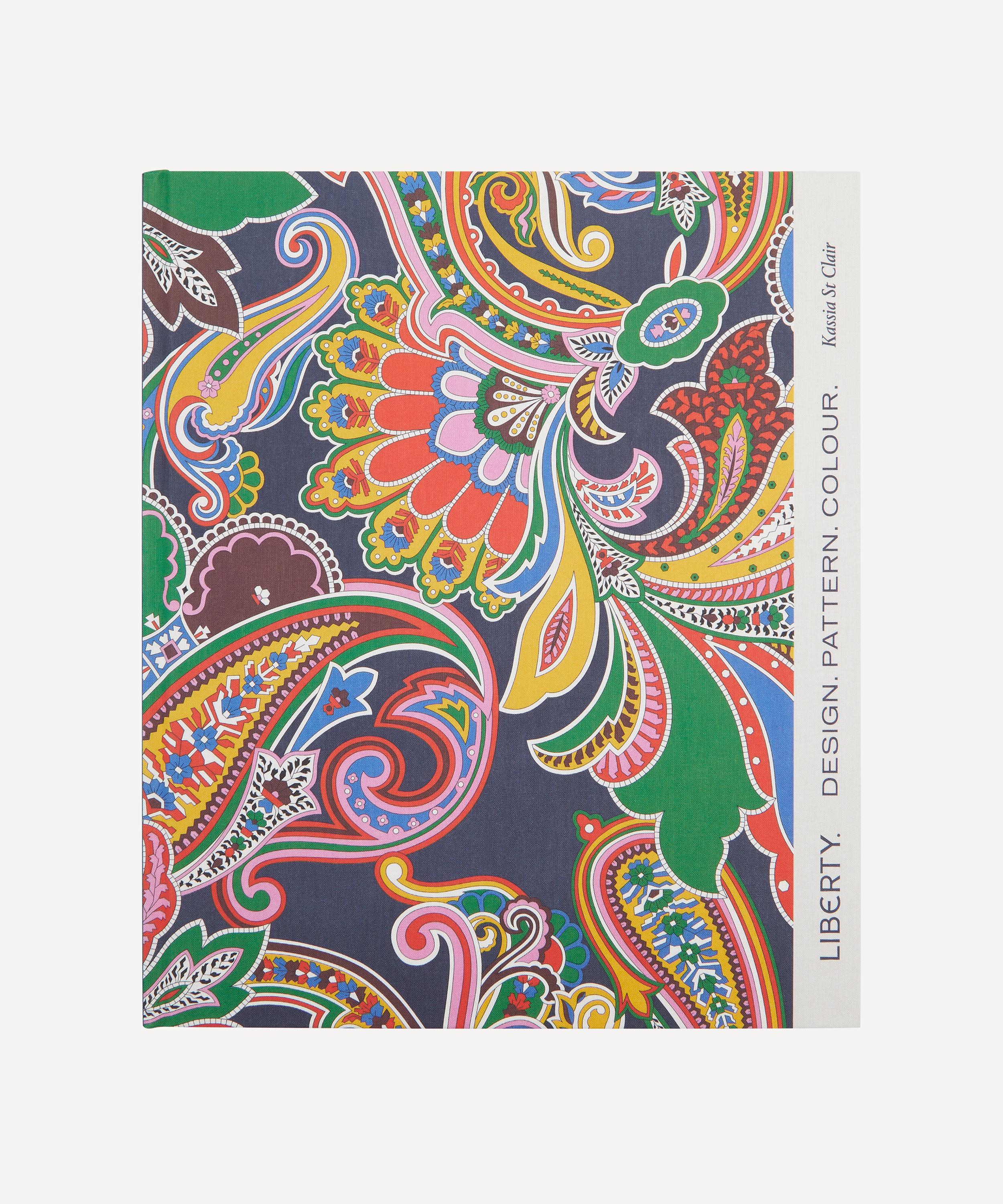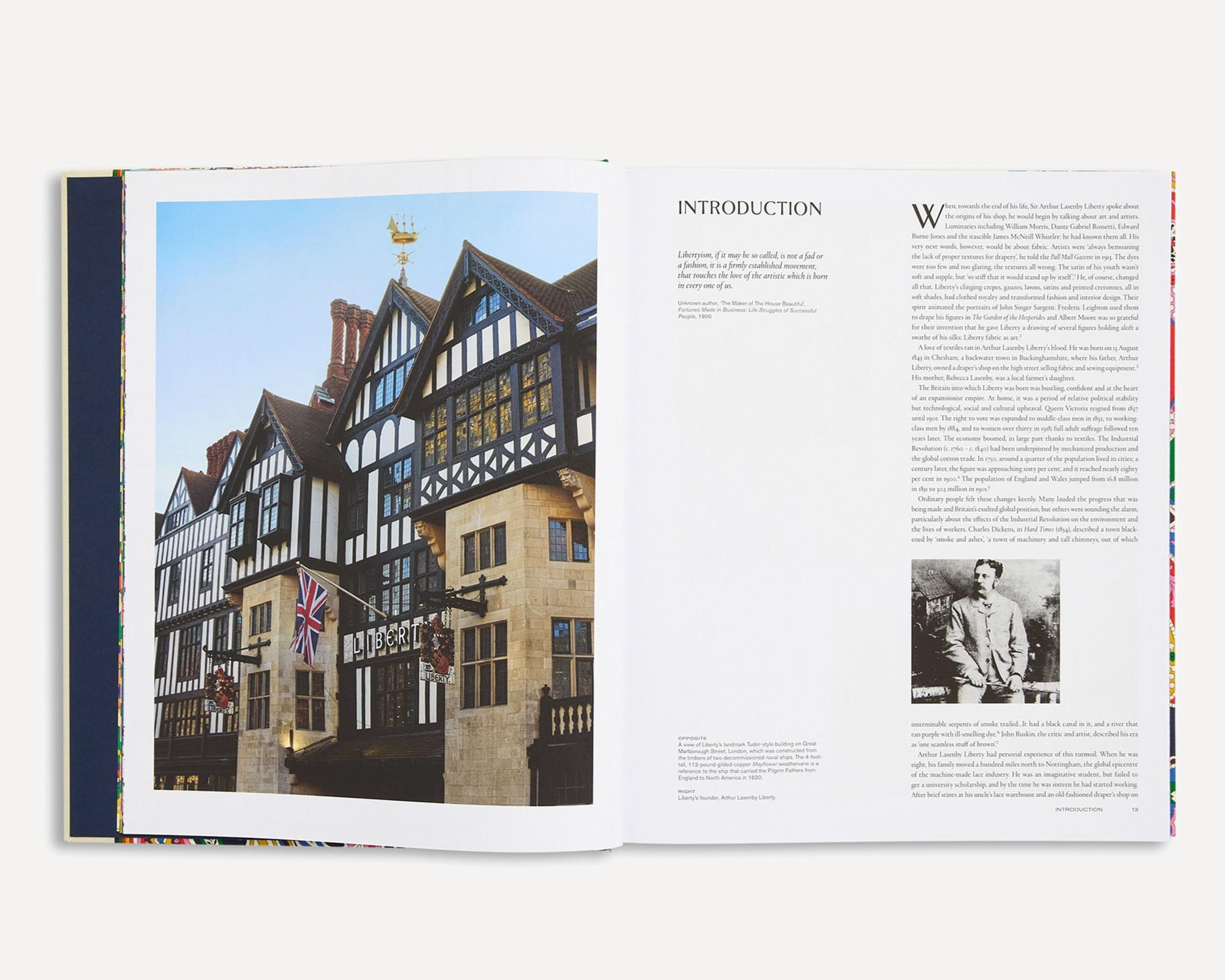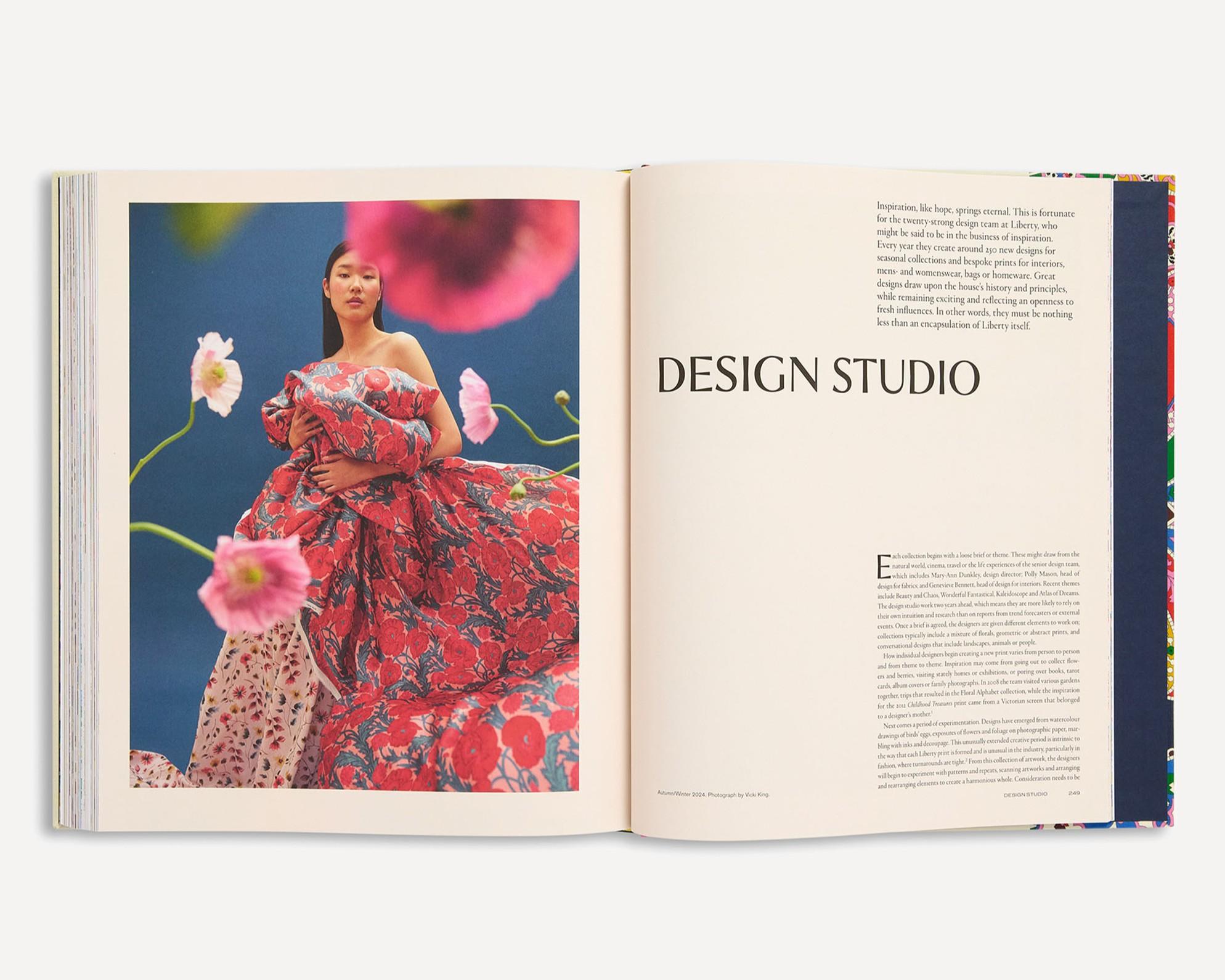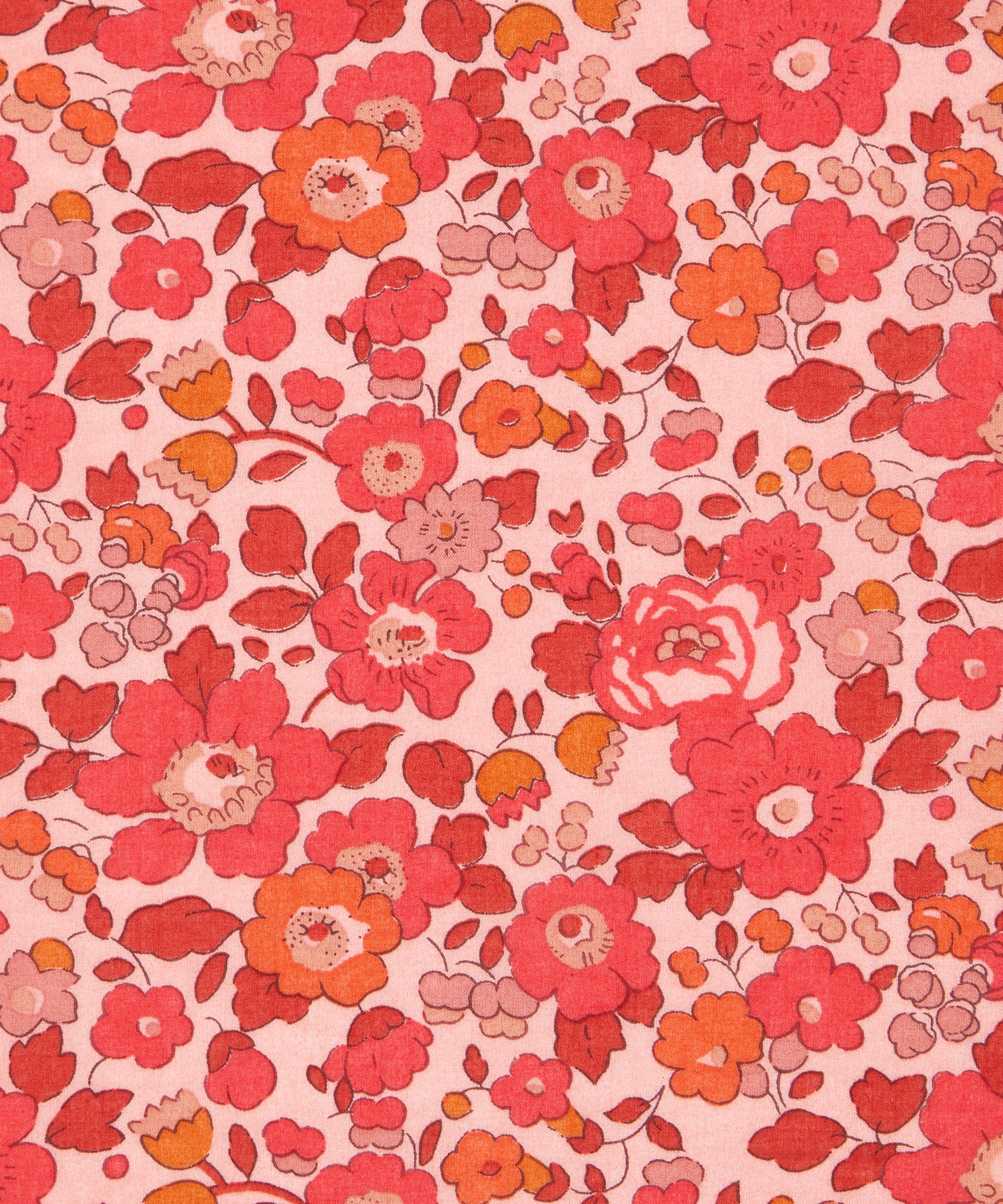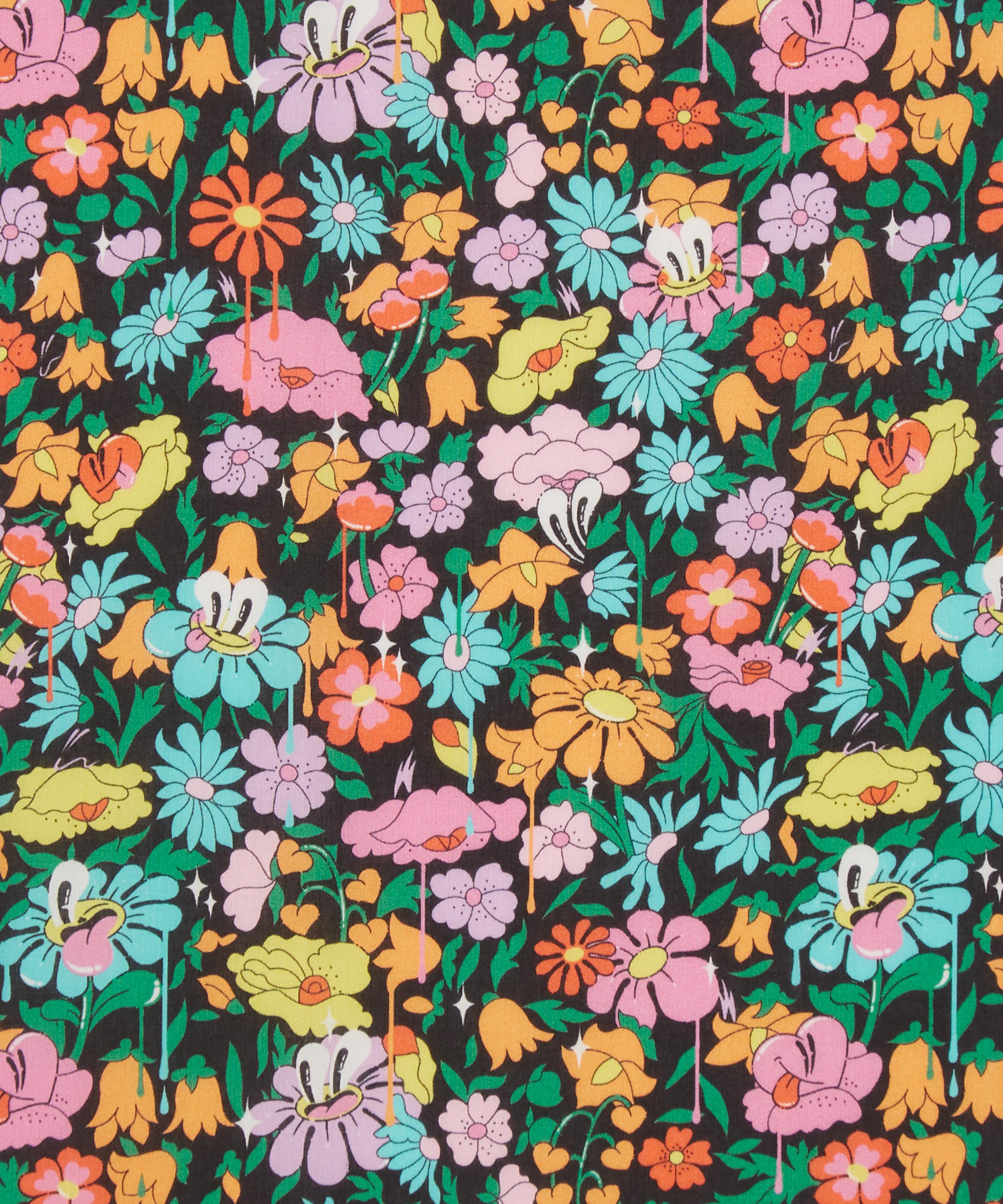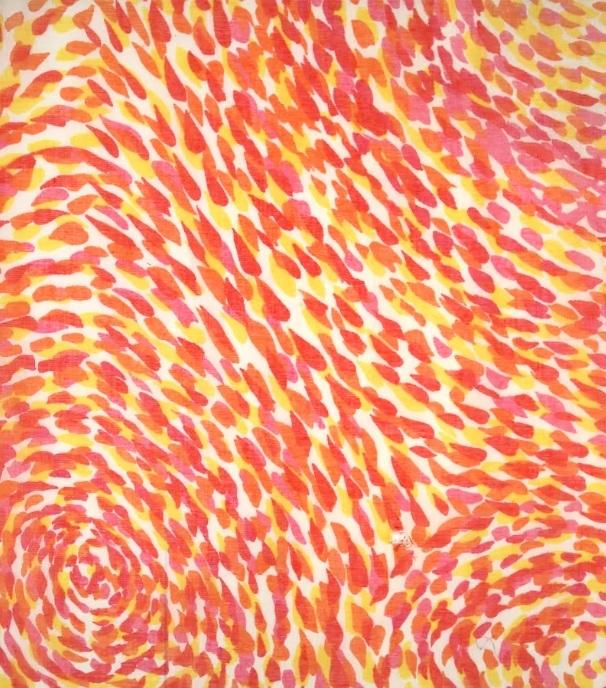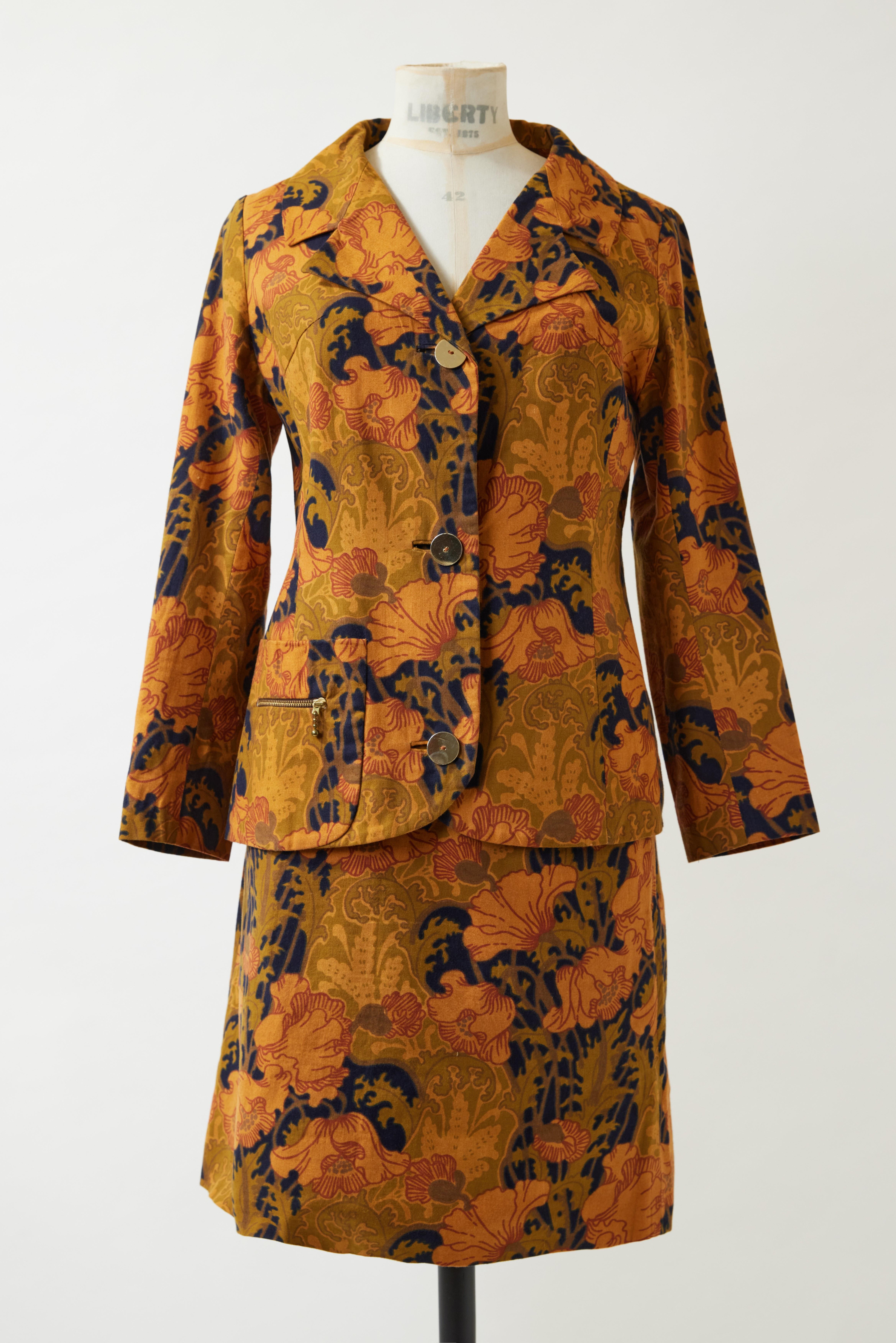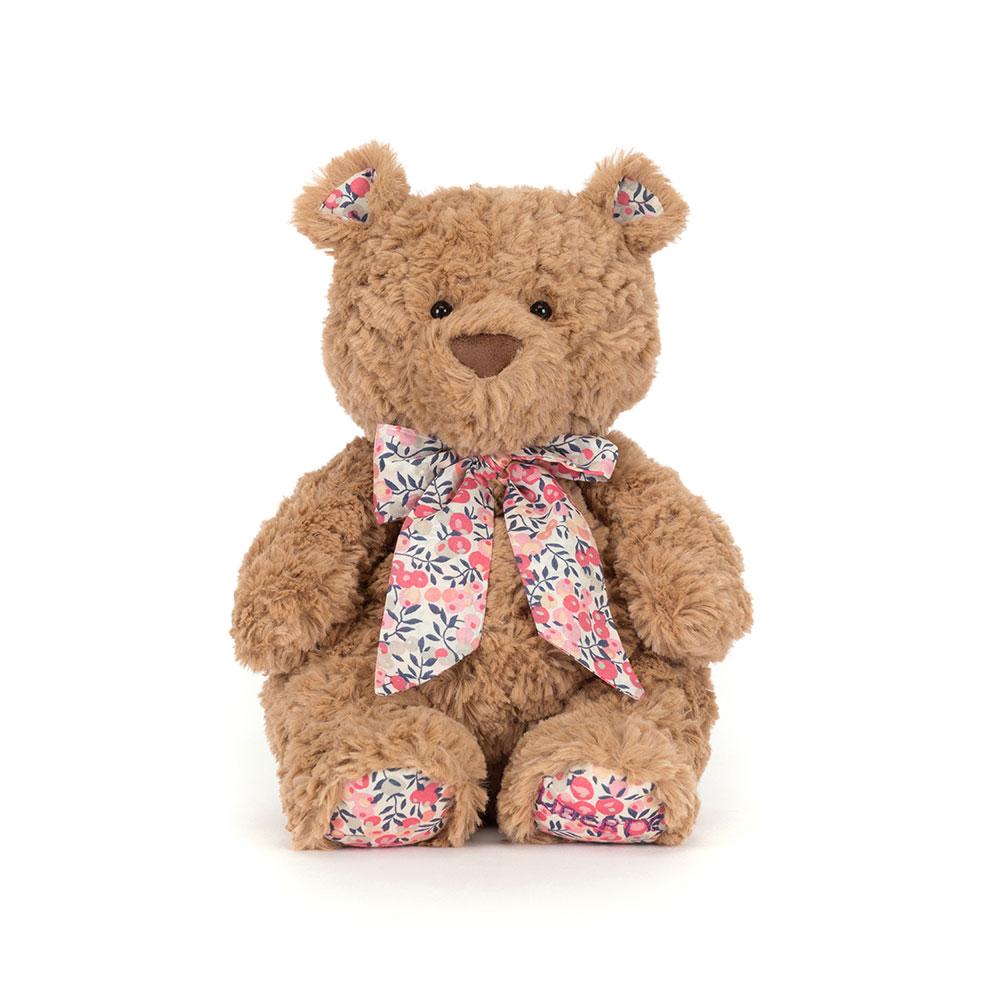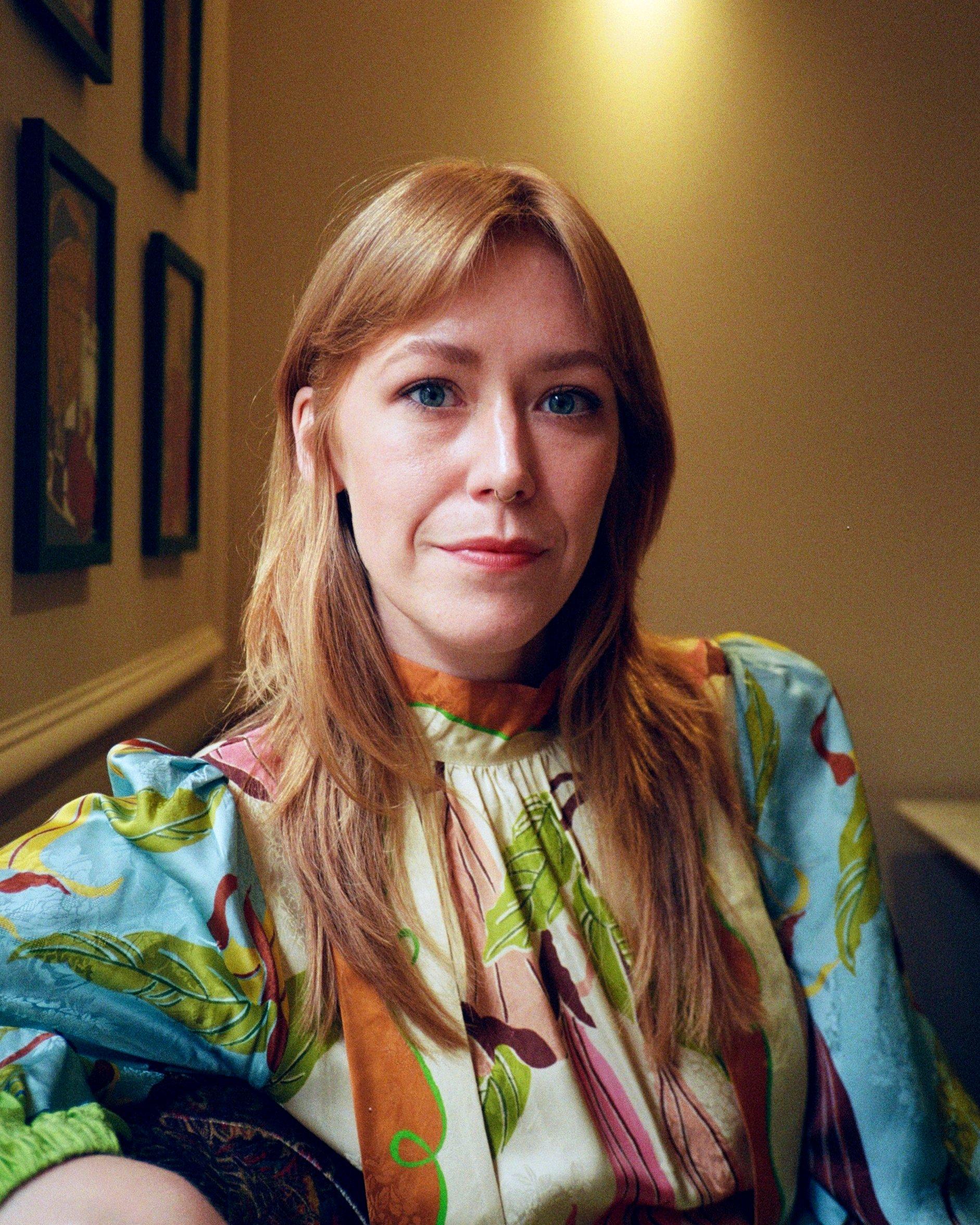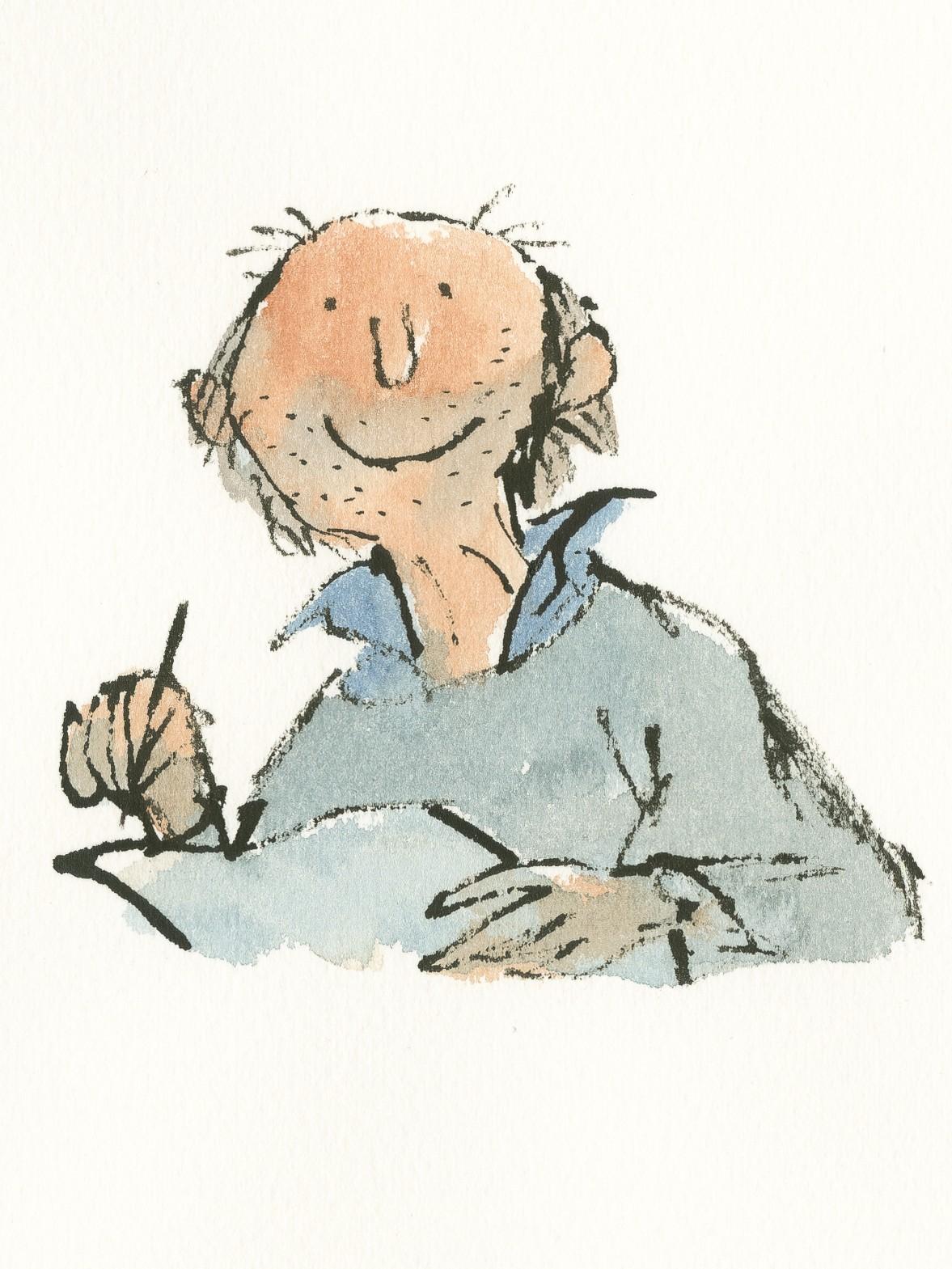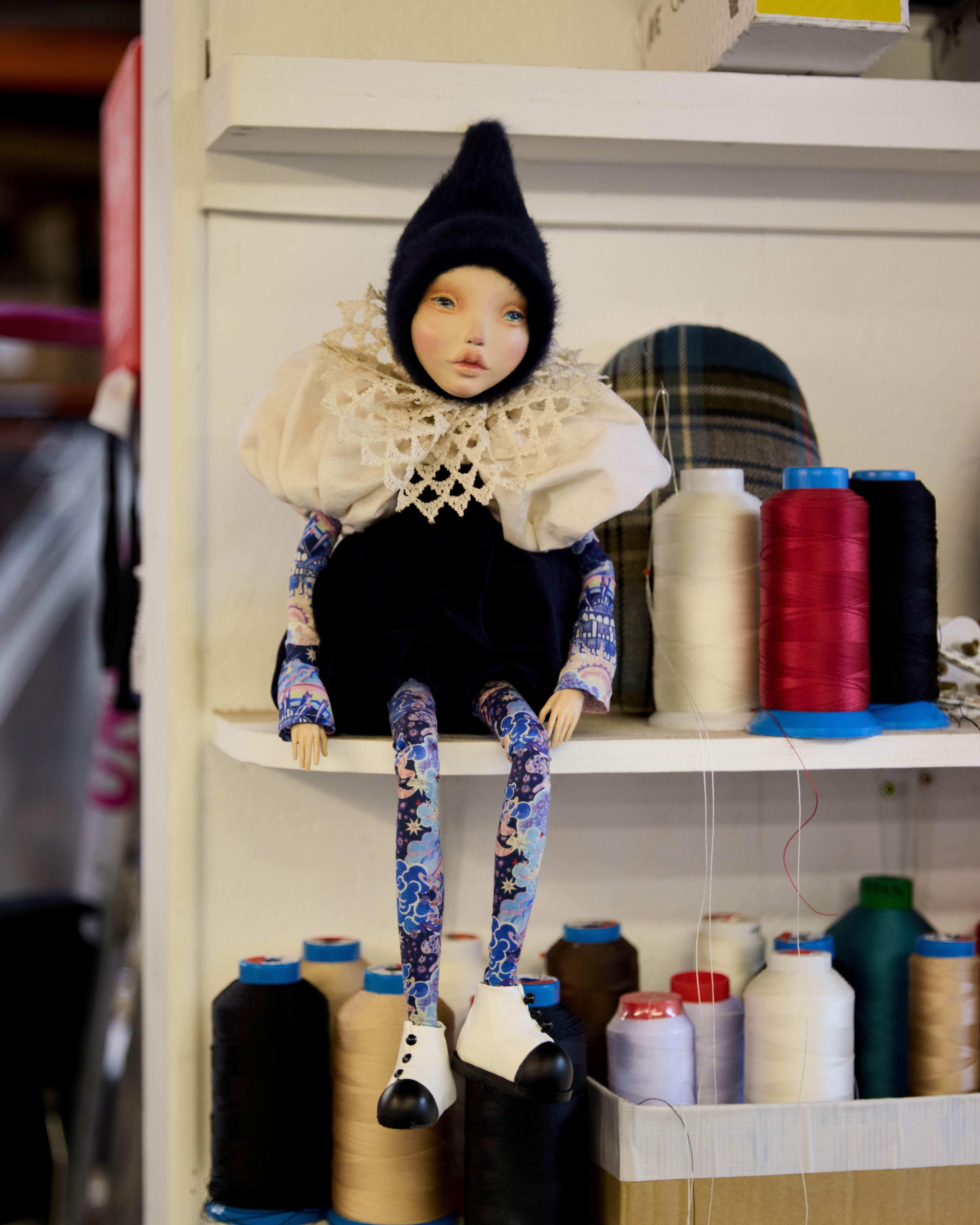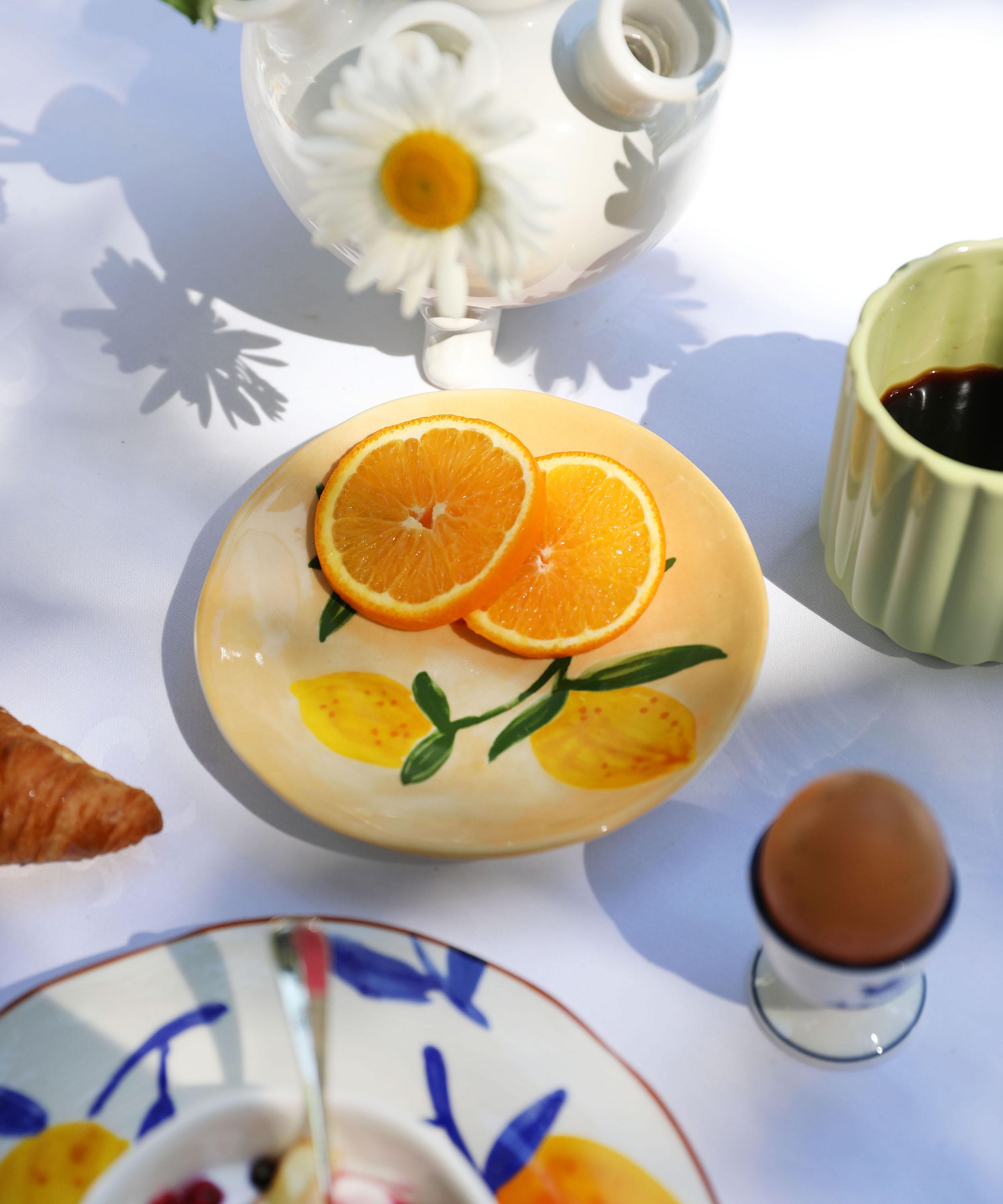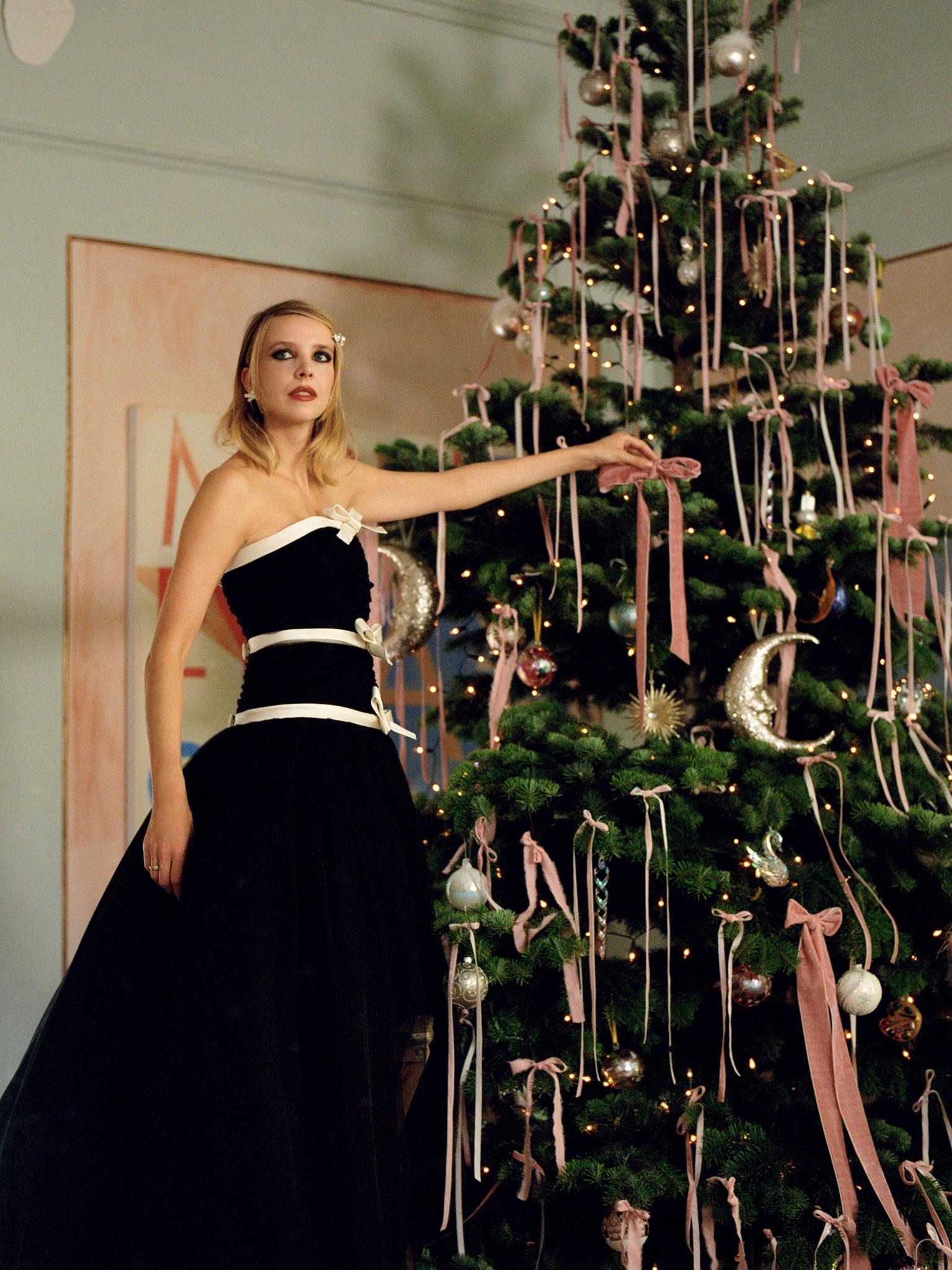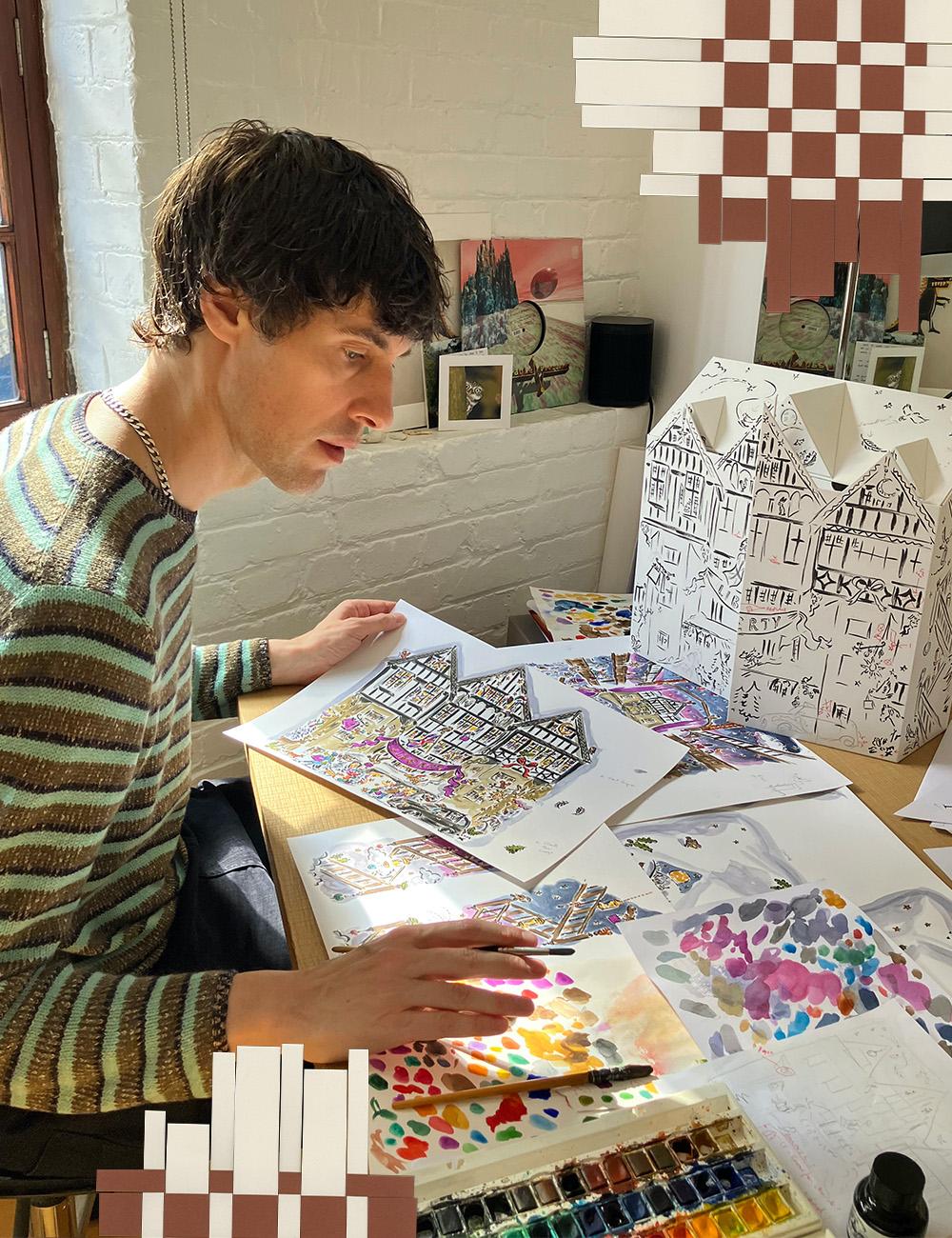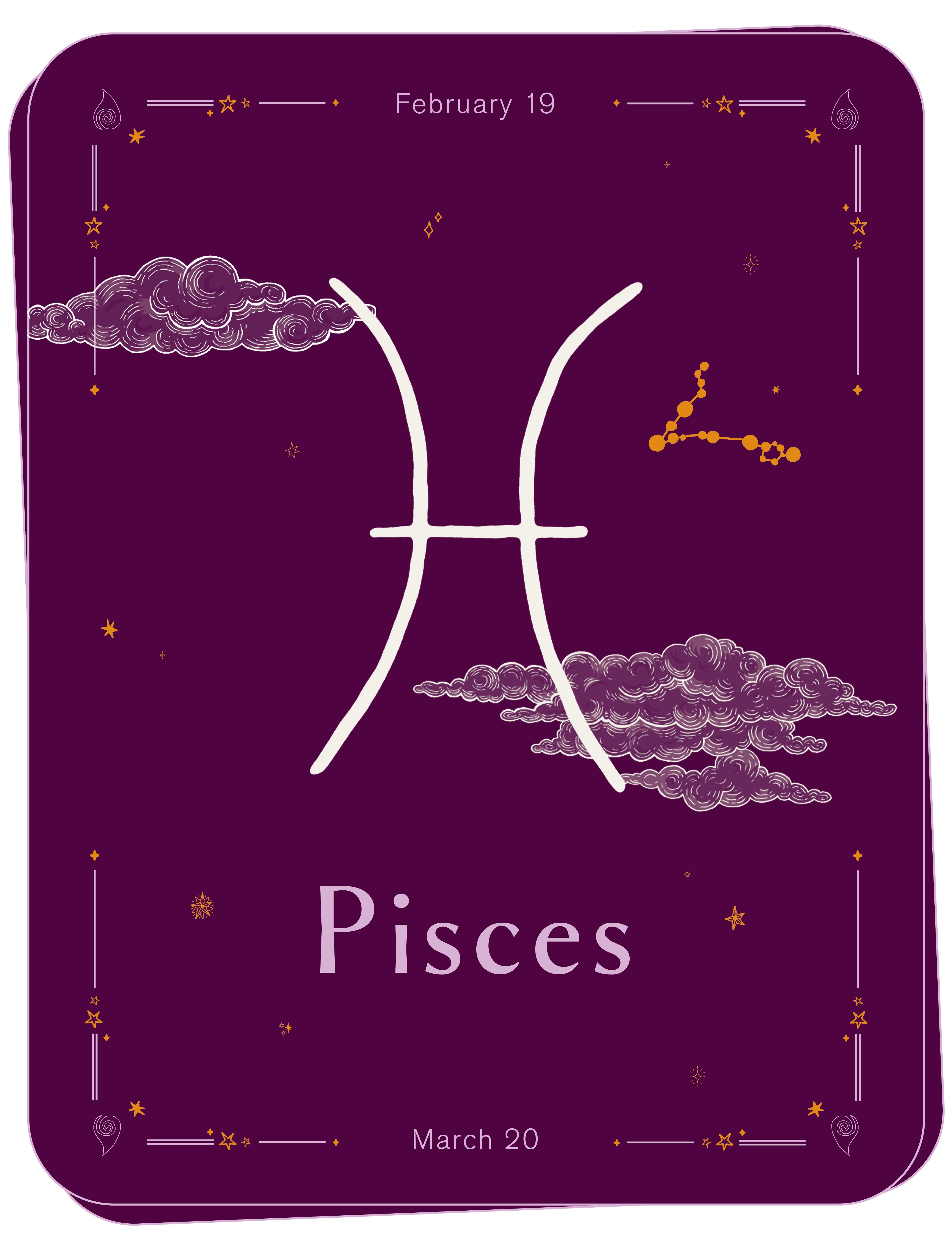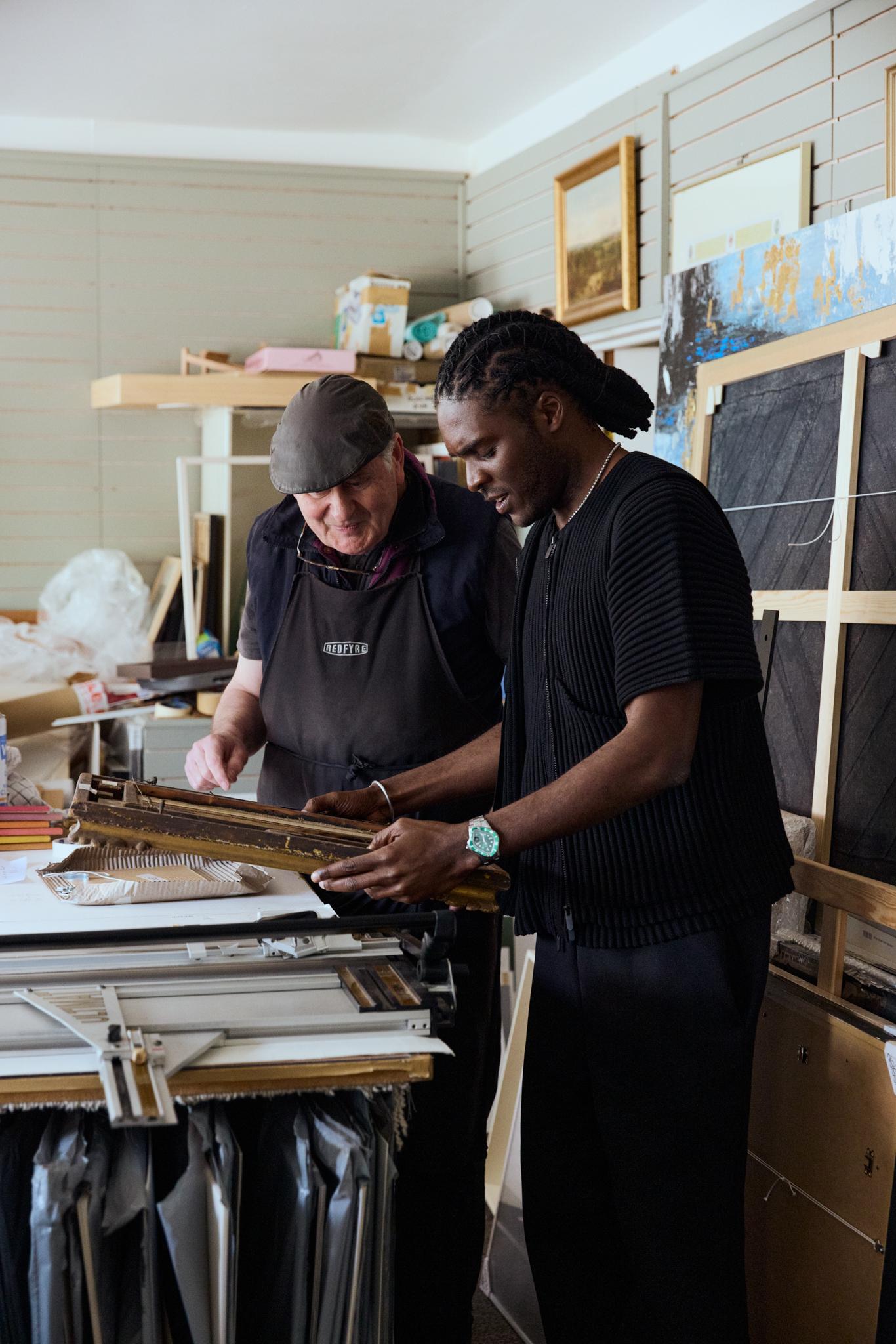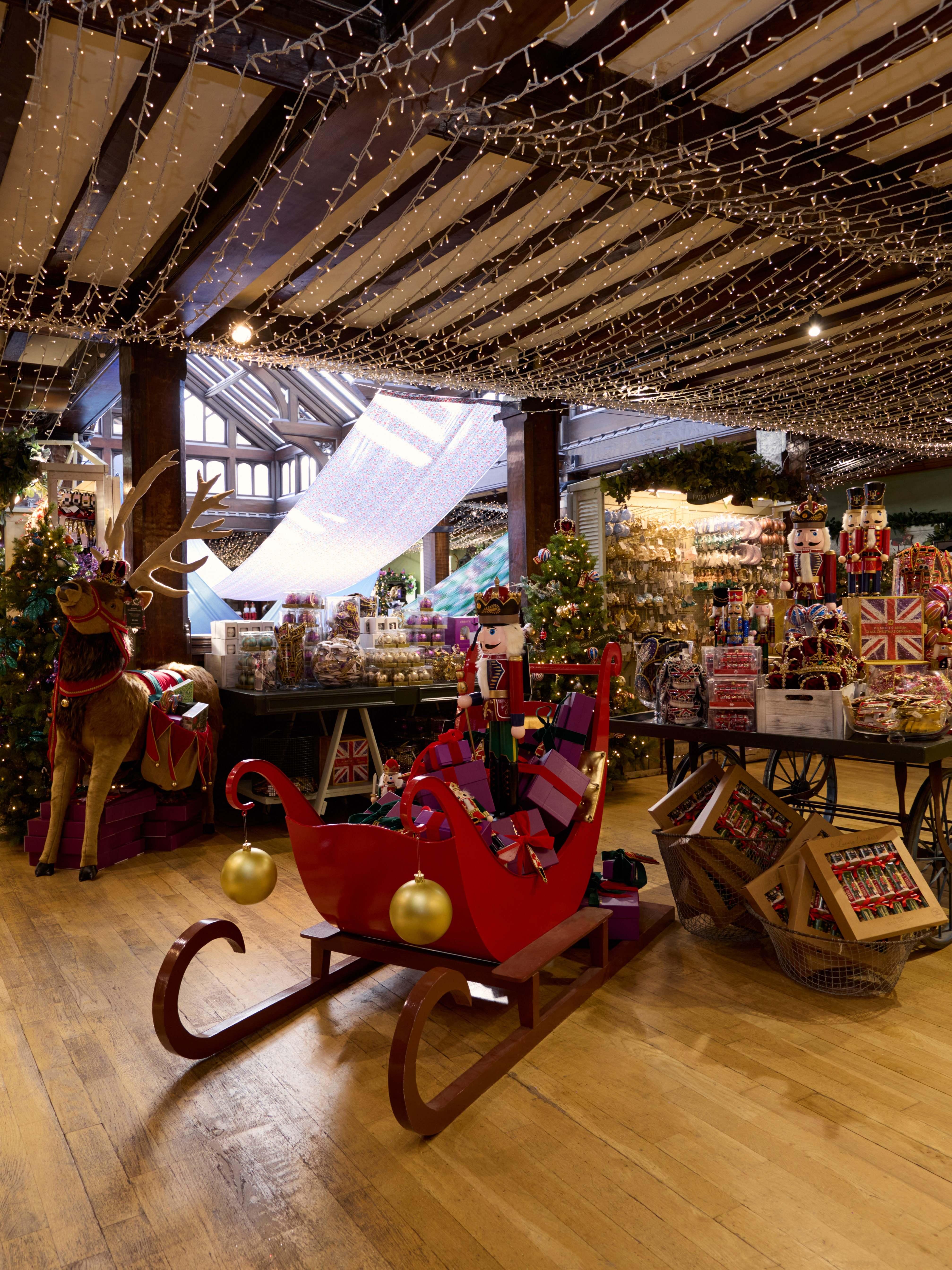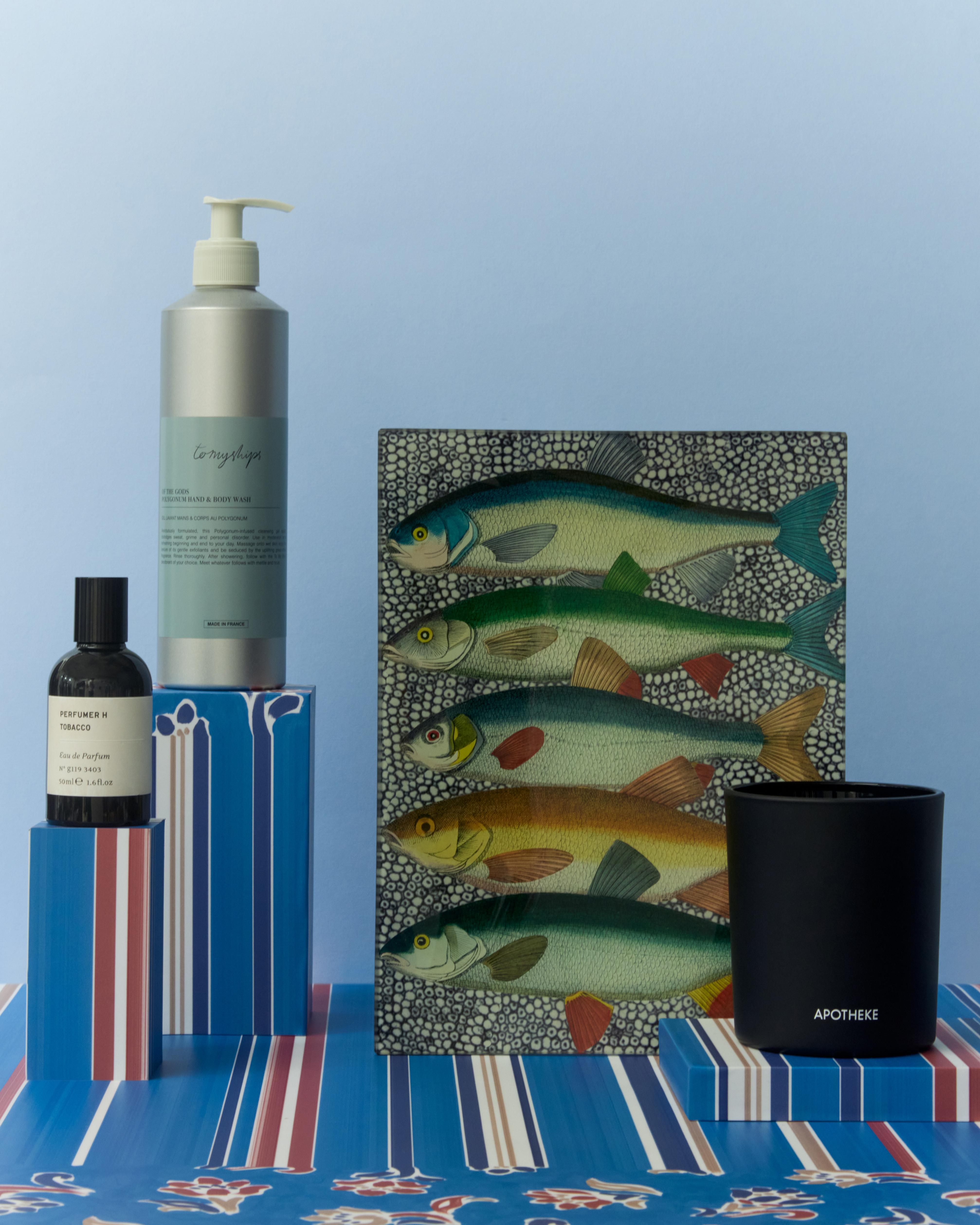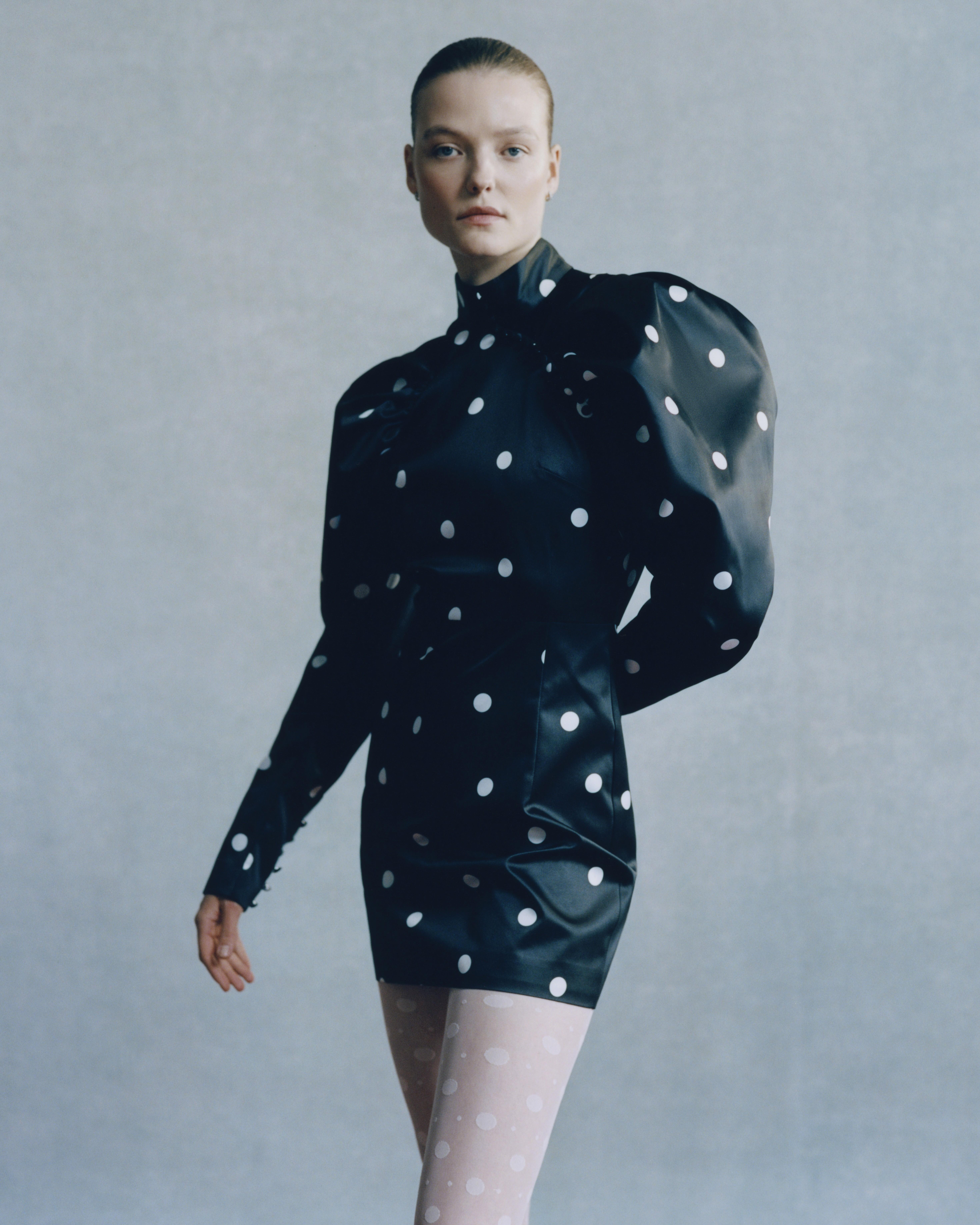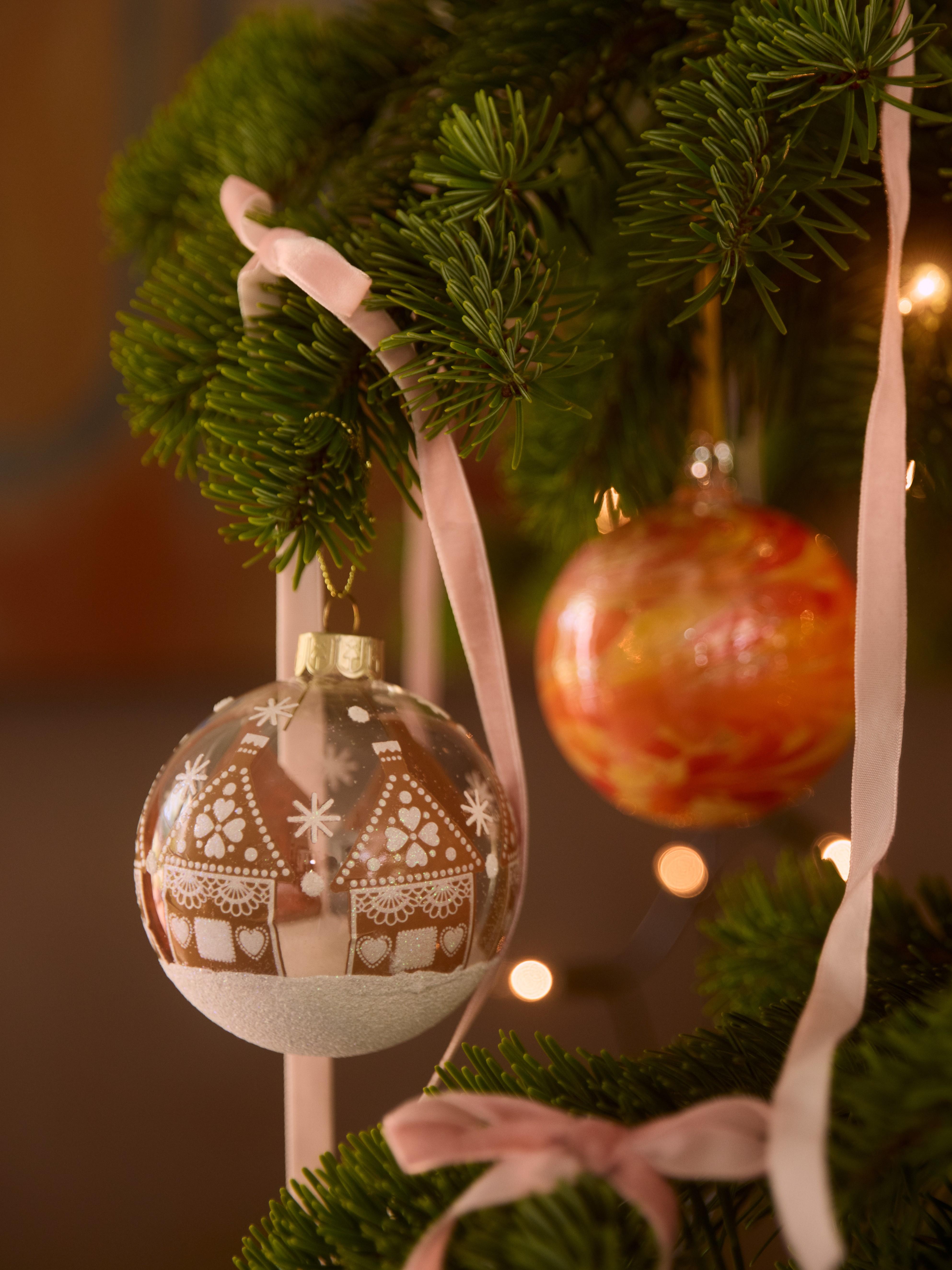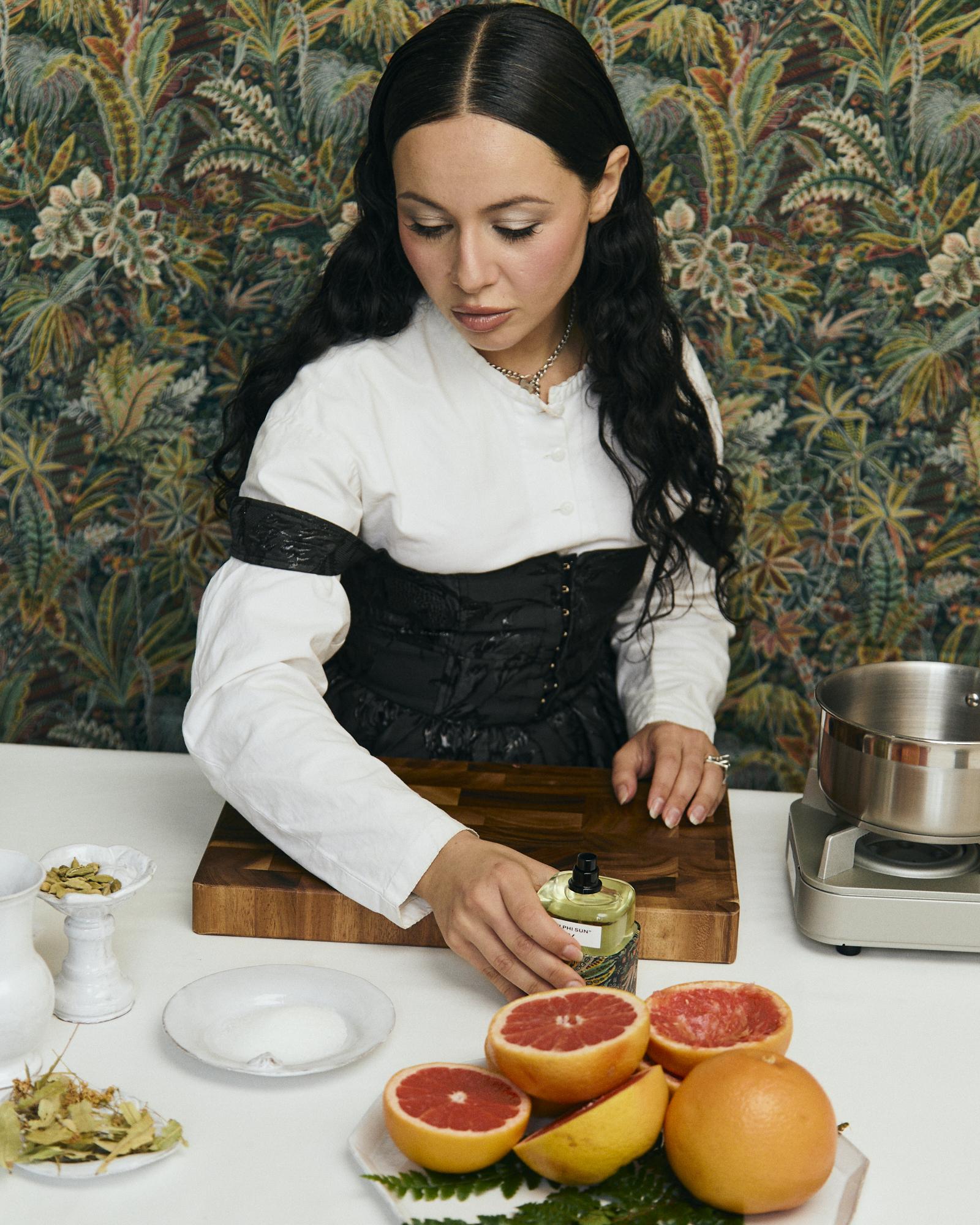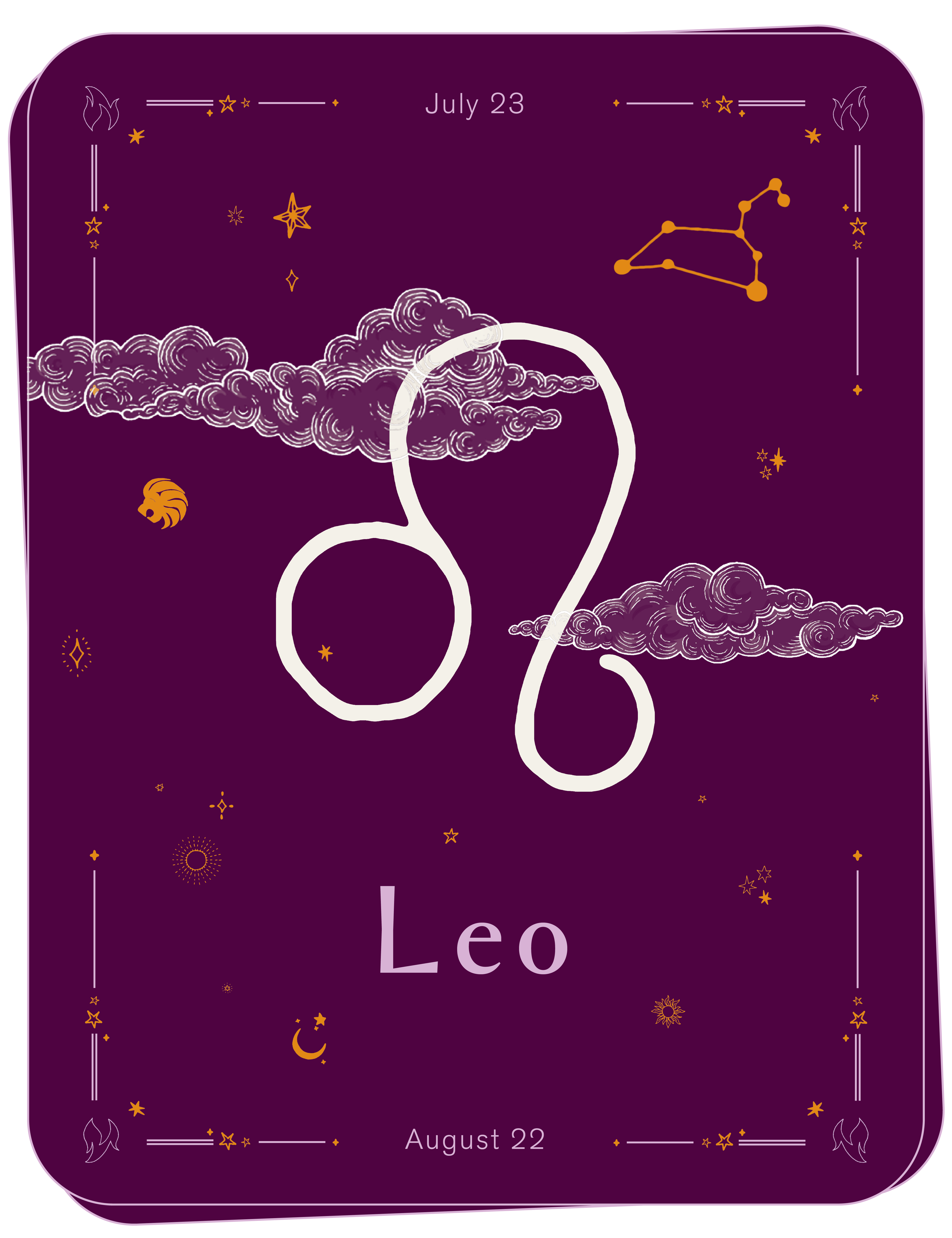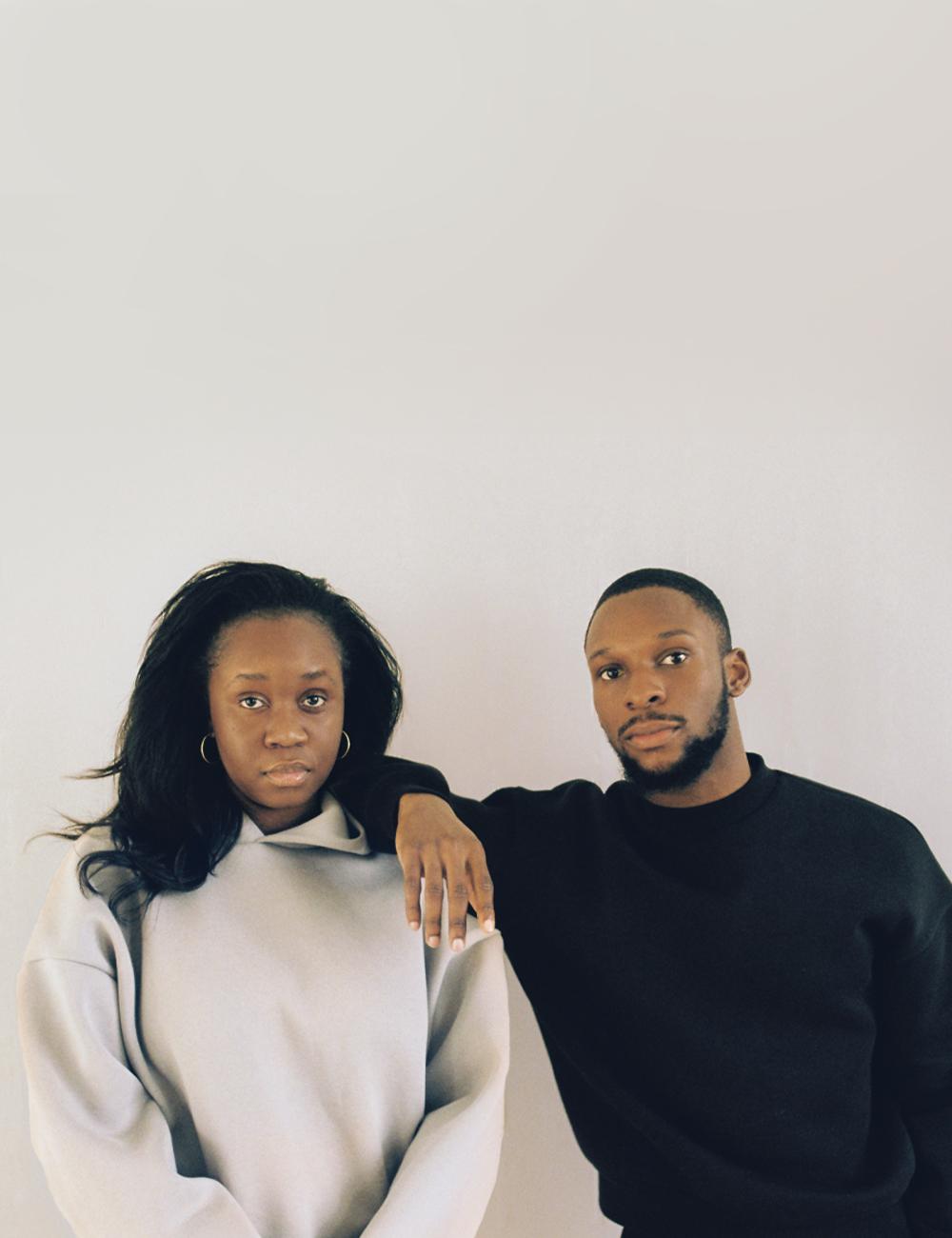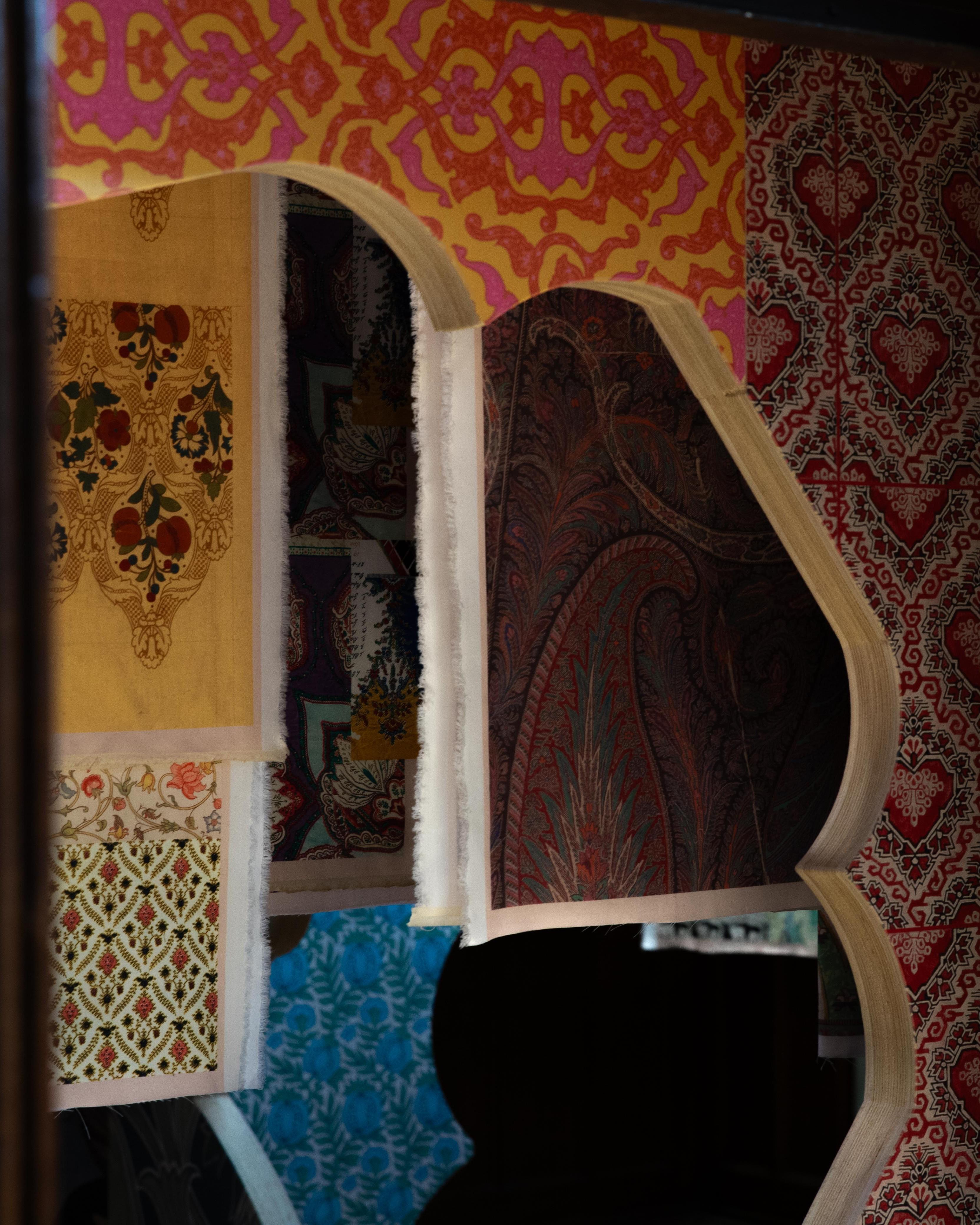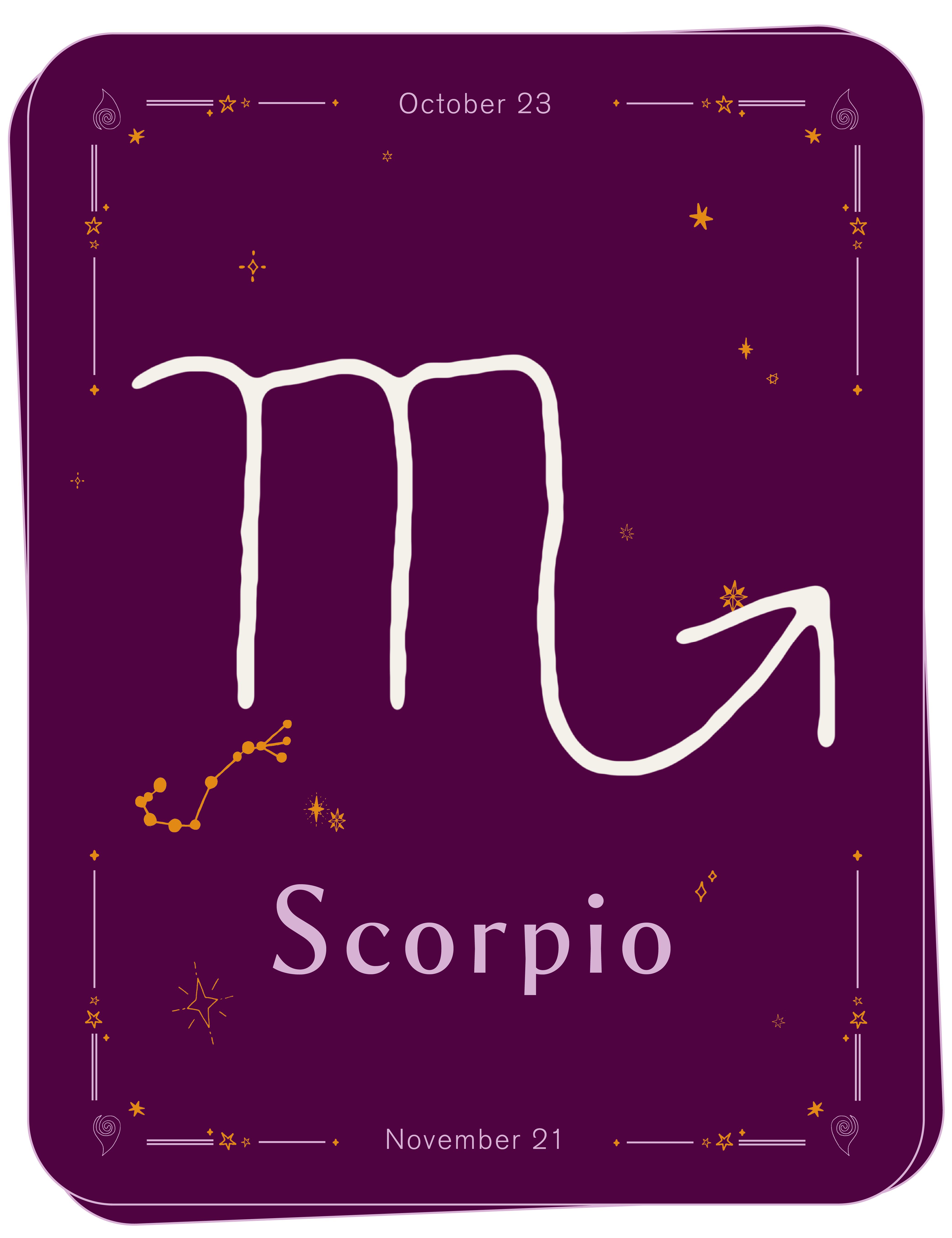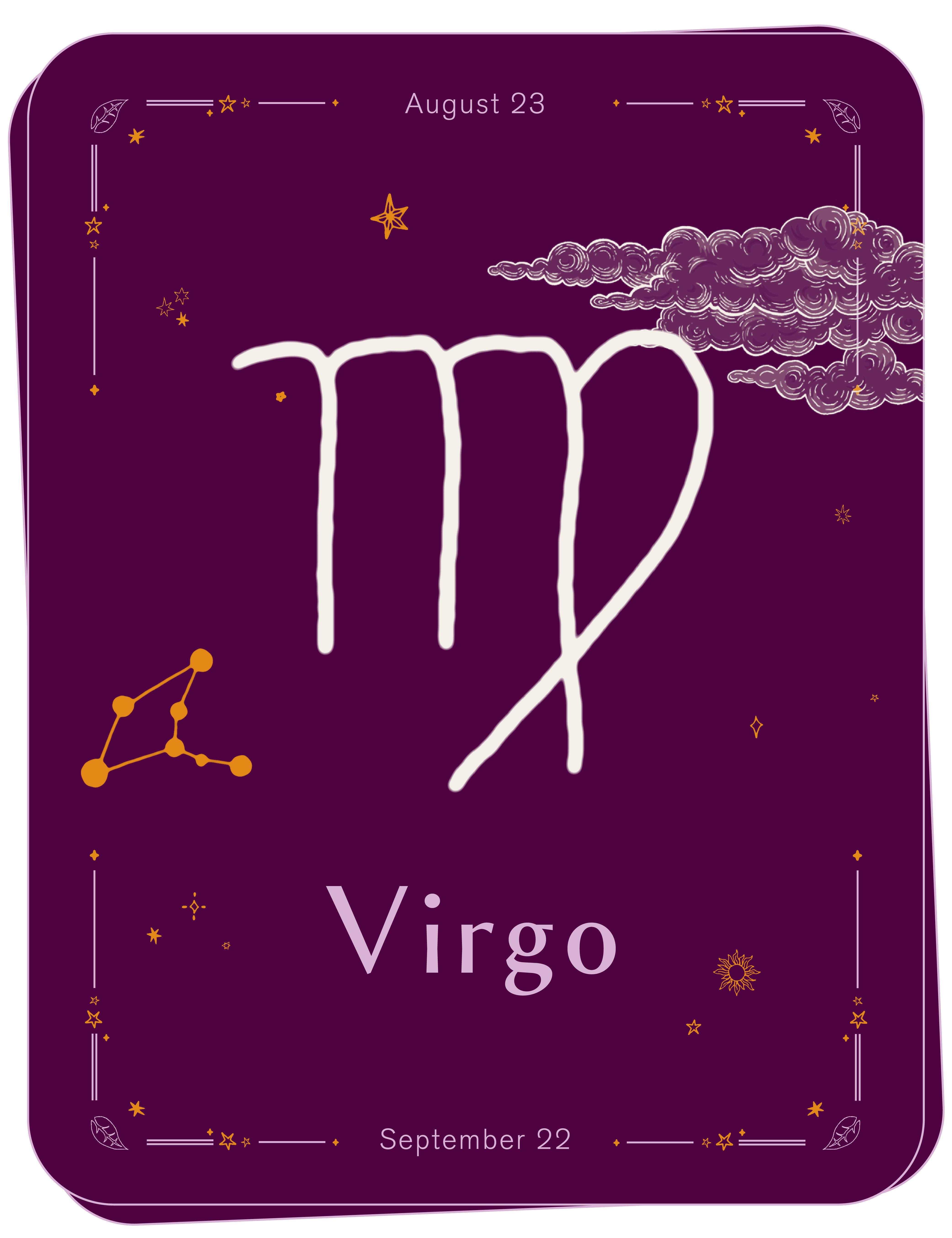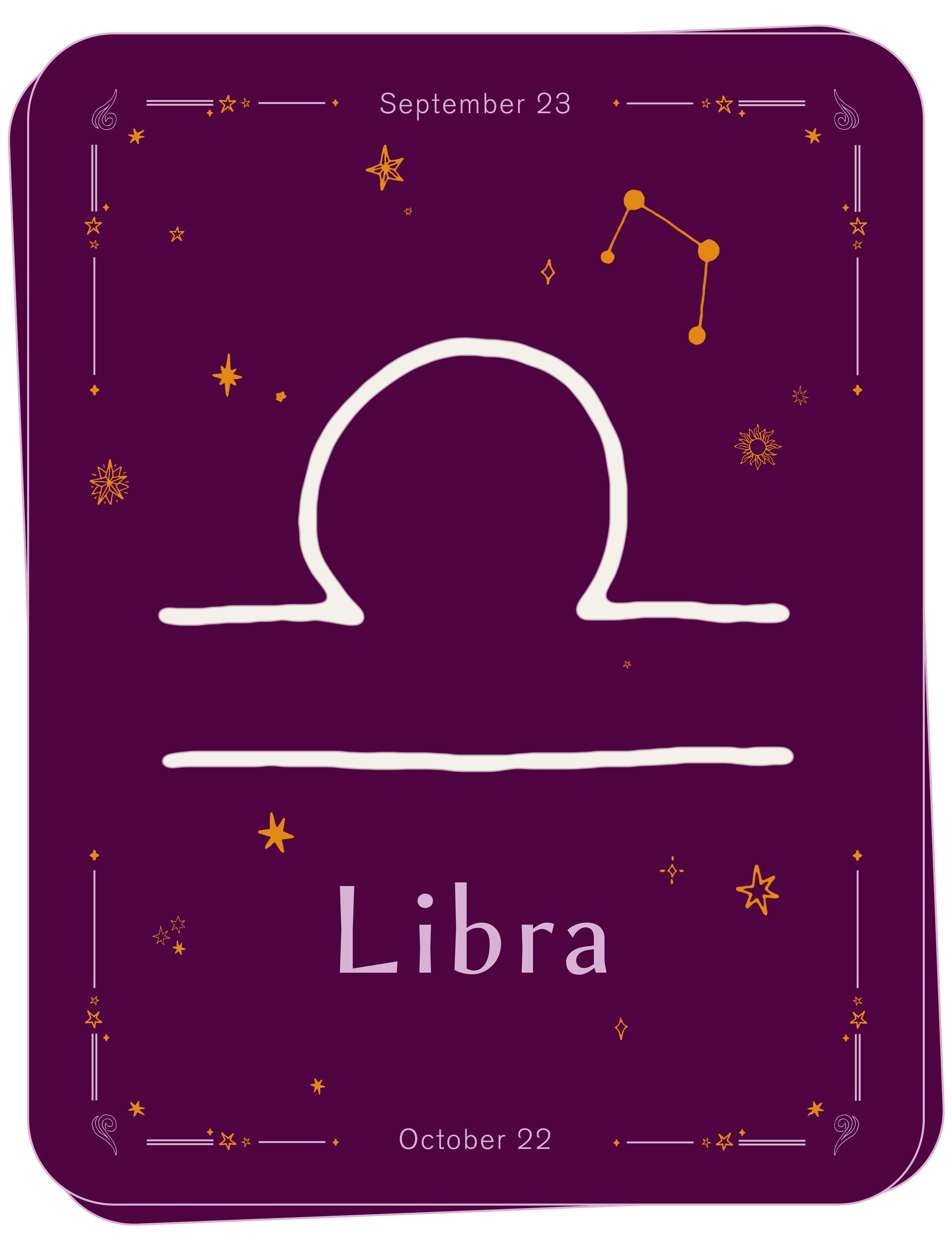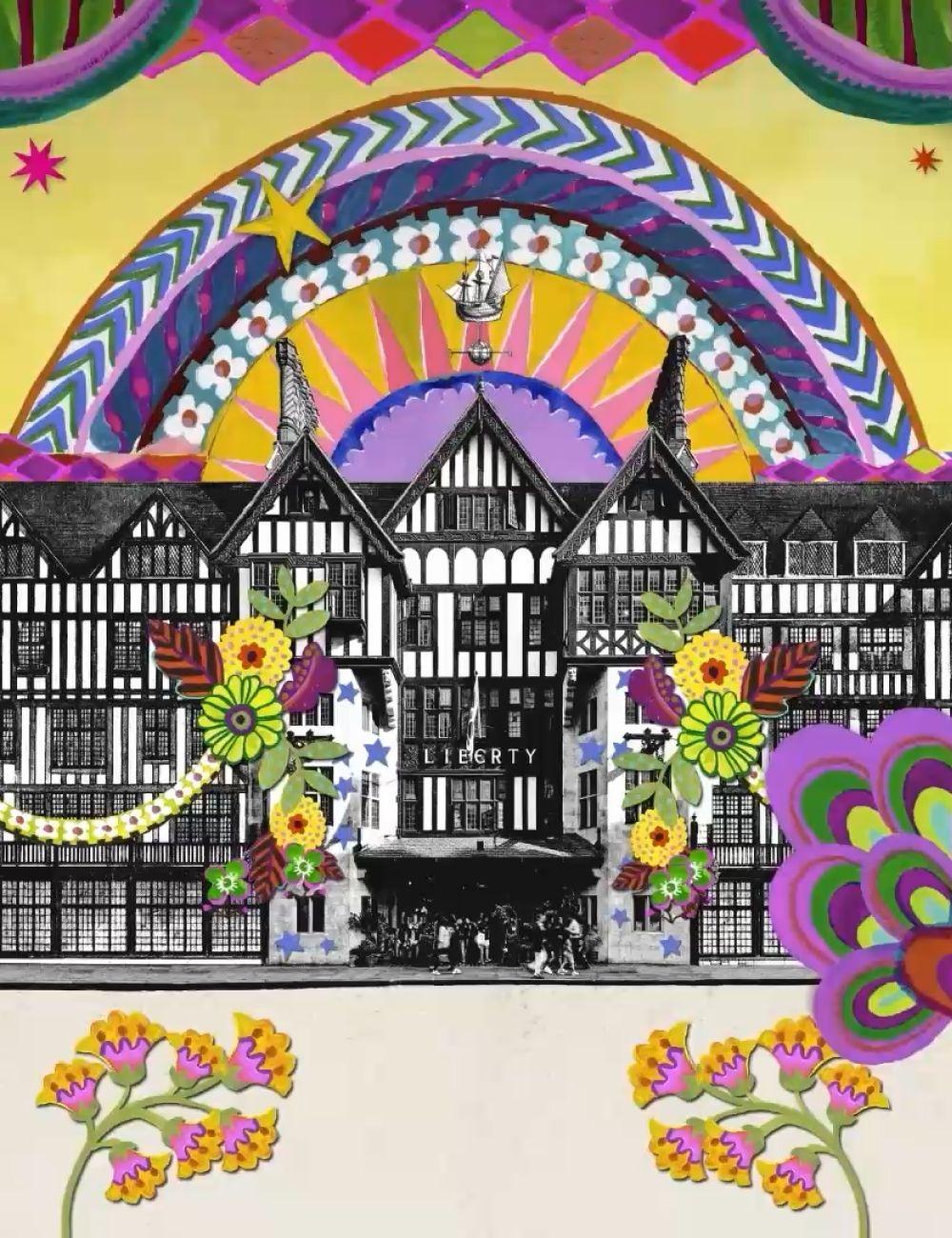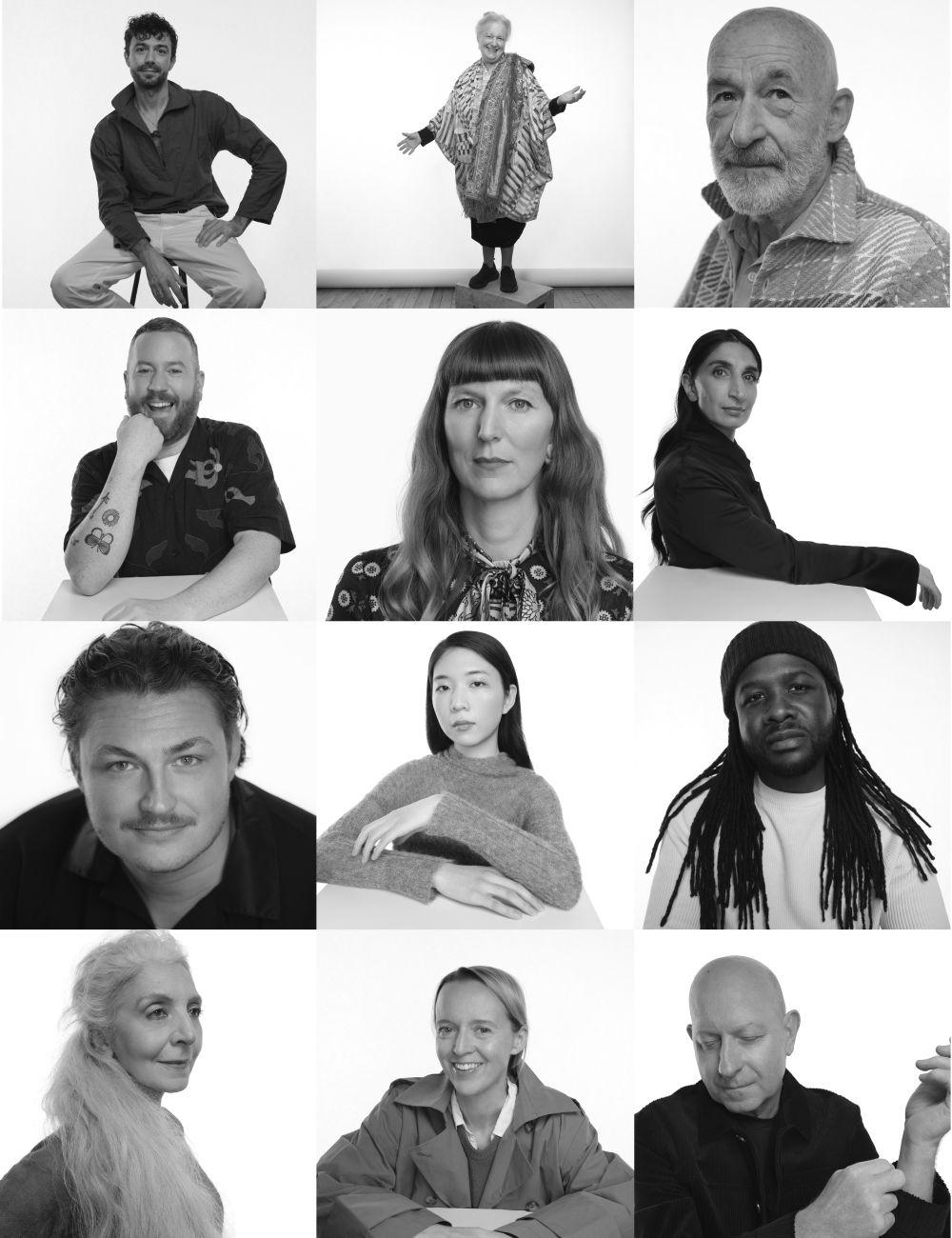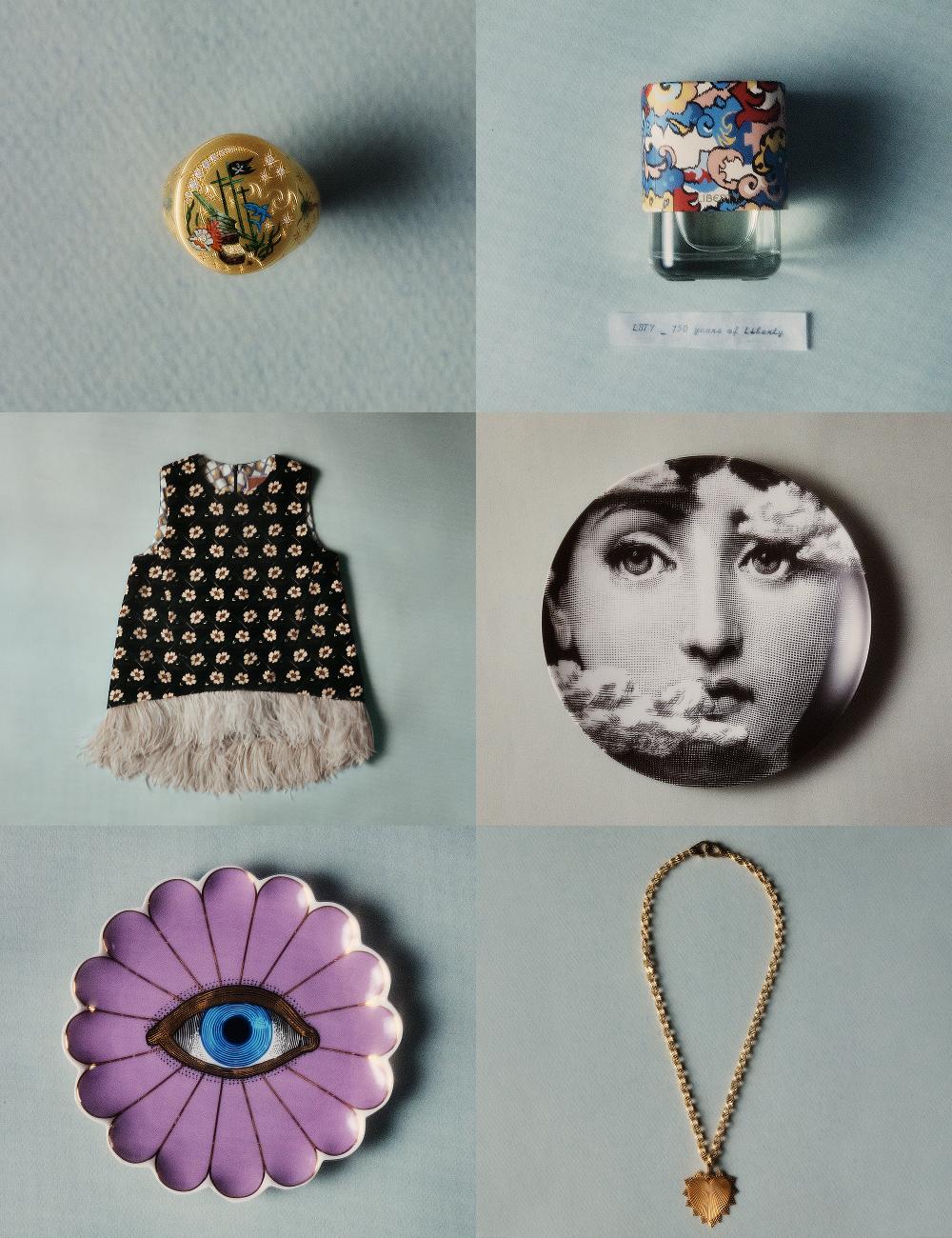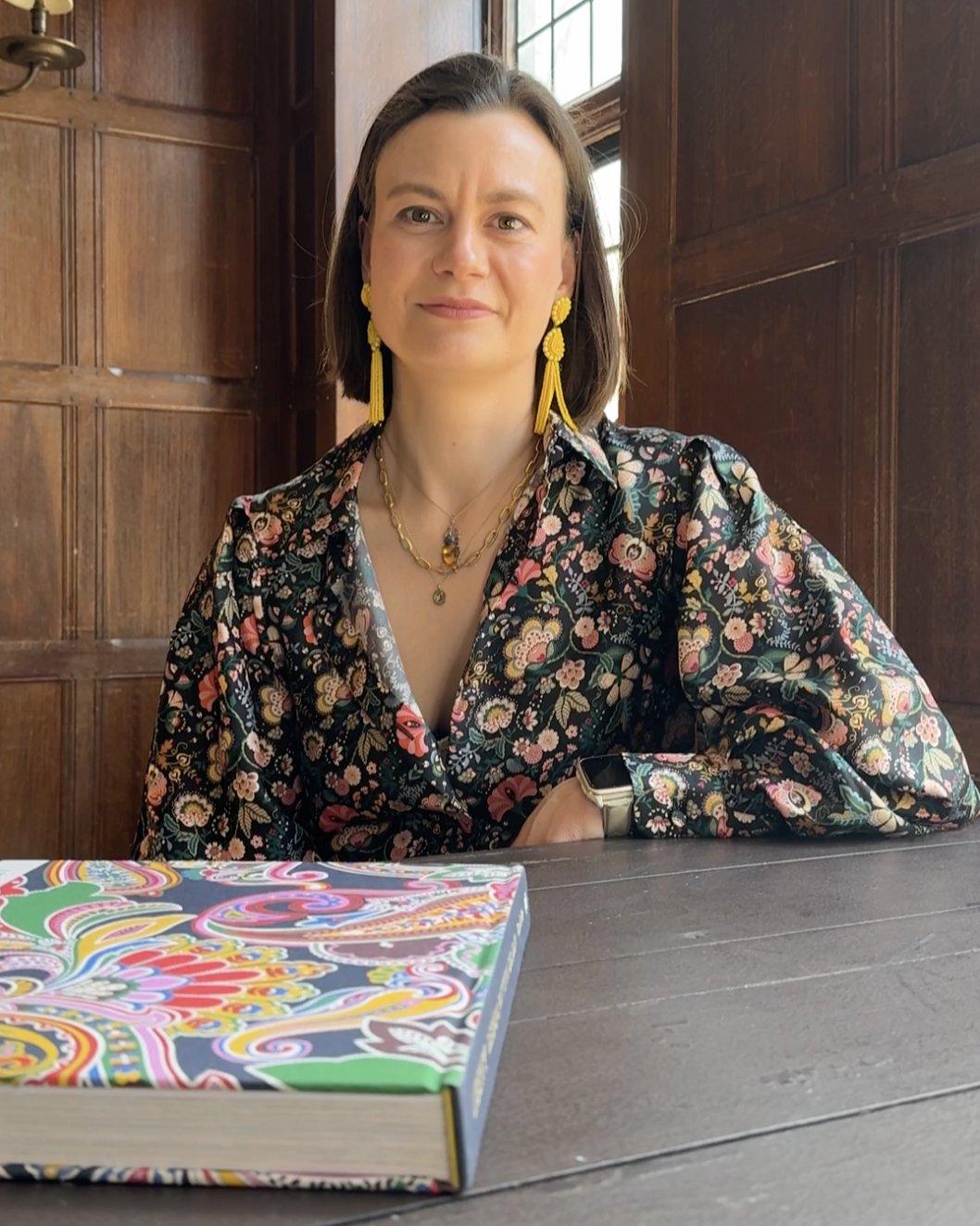
Meet the Author: Kassia St Clair on Liberty: Design. Pattern. Colour.
The cultural historian and colour expert shares an insight into her new book, charting Liberty's extraordinary design legacy
Read more

Meet the Author: Kassia St Clair on Liberty: Design. Pattern. Colour.
The cultural historian and colour expert shares an insight into her new book, charting Liberty's extraordinary design legacy
By: Shannon Peter
Behold: 150 years dedicated to arts, culture and design, now subjected to paper. This week marks the publication of Liberty: Design. Pattern. Colour. (£50) a new book by writer, cultural historian and colour expert, Kassia St Clair and published by Thames and Hudson.
Charting Liberty’s legacy within the world of design innovation and artistic curation, the extraordinary new publication delves into the legendary Liberty archive and gathers prints, designs and artefacts – both old and new – woven together in a narrative of design excellence and cultural significance.
To learn more of its contents and the process behind its curation, we sat down with bestselling author, Kassia St Clair…
How would you describe Liberty: Design. Pattern. Colour.?
The idea was to celebrate Liberty's 150th anniversary, but also really ground the story of Liberty in its textile history. This was a really interesting project for me, obviously grounded in design, pattern and colour. My previous books have been about colour and textiles, so I was really excited by the commission. The challenge was thinking about exactly how to make the most of such a topic so that it was really interesting but also accessible for people reading it.
Can you tell us about your love of Liberty?
My very first job was in magazines. I actually used to work at Vogue House, which is about five minutes walk away from the Liberty store, and this was an absolute dream for me. I remember the very first paycheck I got; I came to Liberty and spent it all on a necklace, which I still have, and I still wear. Liberty was a place that I would come to when I wanted to feel like I was living this glamorous London life. But I also remember it from childhood. Like most children, I have photographs of myself as a toddler wearing Liberty.
And what influence has Liberty had on your academic life?
What made this book so exciting was the fact that Liberty is really intimately connected to really big art movements; for example, Art Nouveau is called Stil Liberty in Italy. And Liberty has this intimate connection with the way that Art Nouveau developed and was conceptualised abroad. But then you also have the way that Arthur Stewart Liberty, the founder of Liberty, was part of wider cultural movements such as Arts and Crafts and the Aesthetic Movement, and he had relationships with famous artists, like Whistler and Lord Leighton, as well as figures like Oscar Wilde. So when I've been researching stories about colour, textiles and art history more generally, Liberty has come up again and again. It's a big part of that world.
What was the research process like?
I was given a relatively short deadline in this instance, but it’s like packing: whatever space you’re given, you just ram it full. So I tried to do as much as possible. I'm very lucky that Liberty has a great archive and there's also information about Liberty tucked away in the Westminster City Archives, so I spent quite a lot of time there and I found great resources. For instance, in the 1920s, Liberty had a staff magazine that was produced by staff for staff, and talked really interestingly about the early days of Liberty. One issue interviewed some of the people who had been there when the store first opened in 1875 and were still working there in the 1920s. I really enjoyed having a poke around and getting this deeper insight into Liberty’s history and culture.
What was the most surprising anecdote that came out of your research?
I really enjoyed learning more about a particular figure from Liberty's history, Bernard Nevill. He was something of a design director for Liberty in the late 60s and early 70s and he was a really incredible figure. He was a very talented designer who had this enormous breadth of visual understanding. He created collections on all sorts of different subjects, from Hungarian embroidery to jazz music. And he was a collector himself. He had a very eclectic design eye and he also was a self-proclaimed synesthete, which meant he had this slightly different understanding and relationship with colour. Learning more about him, the collections he created and the way that fed into the energy of a swinging 60s London felt like a new discovery for me.
Which is your favourite Liberty print?
If I had to immediately pick out one fabric that I'd have for the rest of my life, it would be Betsy and the wider Betsy family. It's just such a classic; you immediately know it’s Liberty when you see it. It’s also very versatile; it can be played around with by the designers in various different ways. Because it's such a classic, it has this ability to retain its freshness and for designers to see new things in it.
I also really love Hattie Park by the designer, Hattie Stewart, who created this very tongue in cheek floral with all these faces and tongues and little whimsical elements hidden in it. From a distance, your eye would read it as a very classic Liberty floral, but the closer you get to it, the more kind of anarchic and subversive and intriguing it is.
And then a third one because I can't choose just one. I love Althea McNish's Hula Hula which is this amazing swirling murmuration of yellows and pinks and oranges and peaches. It’s just a gorgeous, euphoric print with this incredible energy.
What do you hope to be the biggest takeaway for readers of the book?
Thames and Hudson did such a good job of making the book beautiful. The cover is gorgeous and cloth bound, and inside, there are all these beautiful double page illustrations of the prints themselves. That’s both a good thing and a bad thing for me. It makes the book much better, but it also makes me slightly worried that no one will ever actually get to reading any of the words because they'll just be so busy looking at the gorgeous print! I hope they leave the book with a greater appreciation of Liberty prints and Liberty's history, but also the wider relationship that Liberty prints have with our history and specifically our design history.
